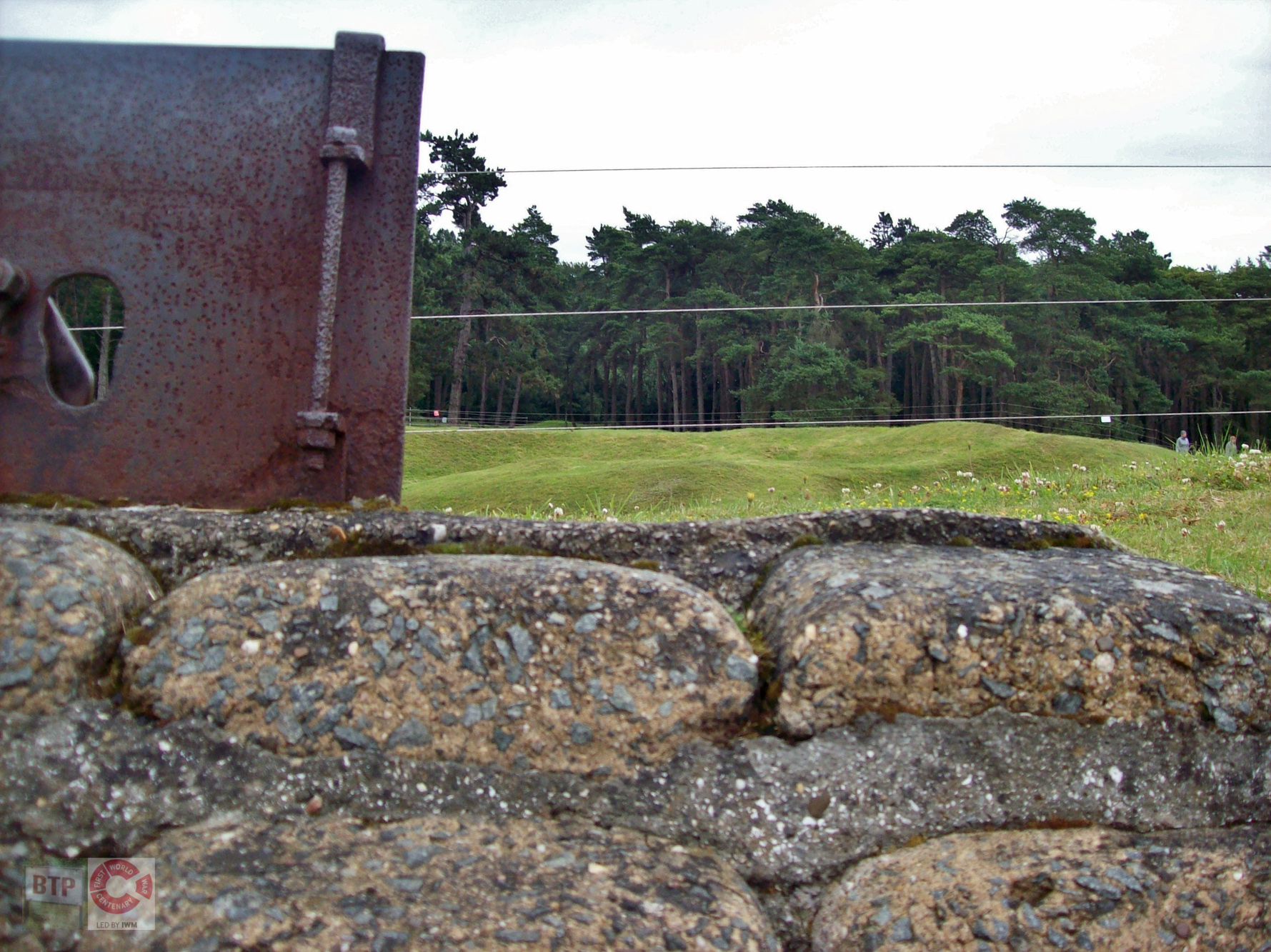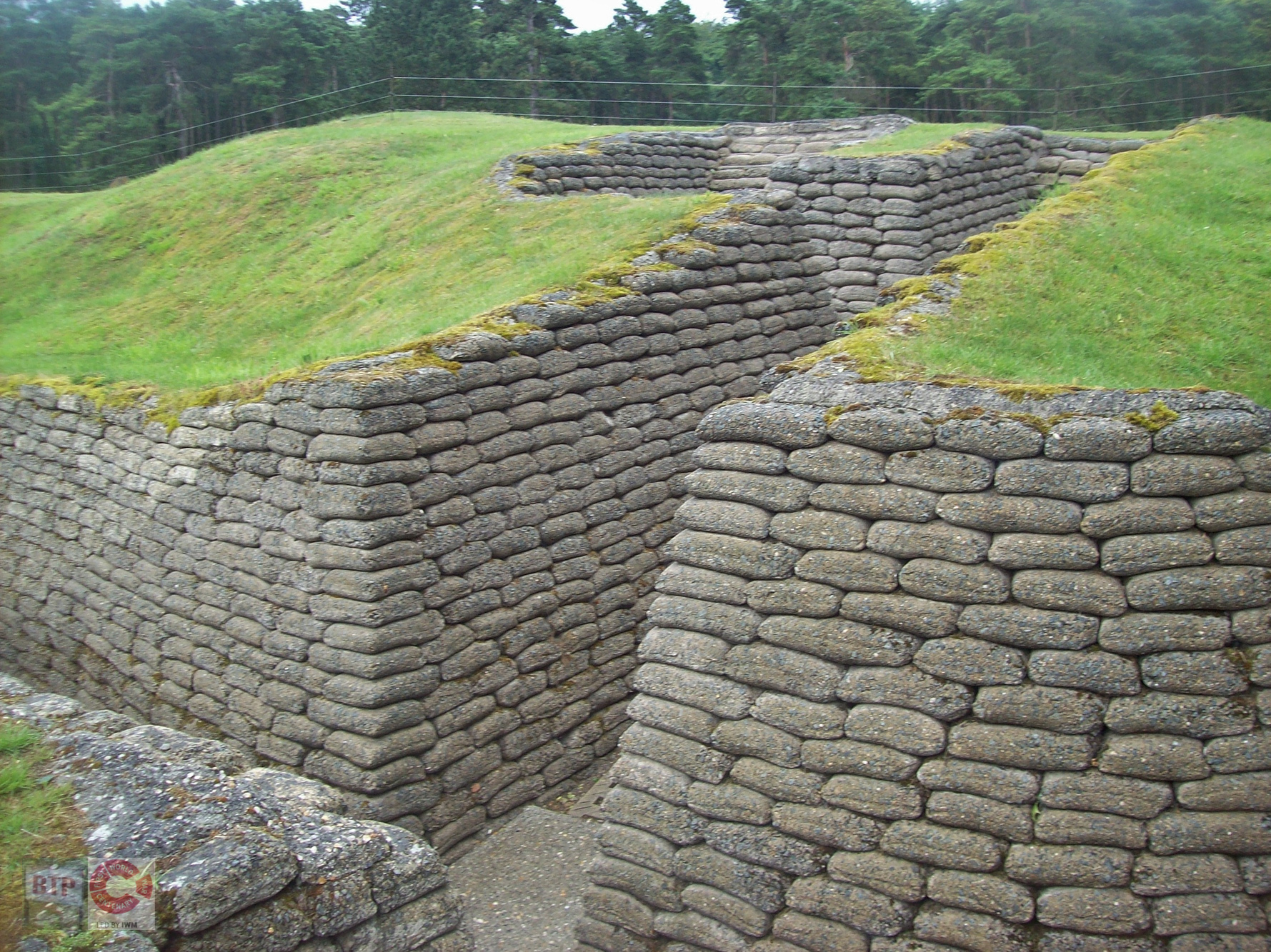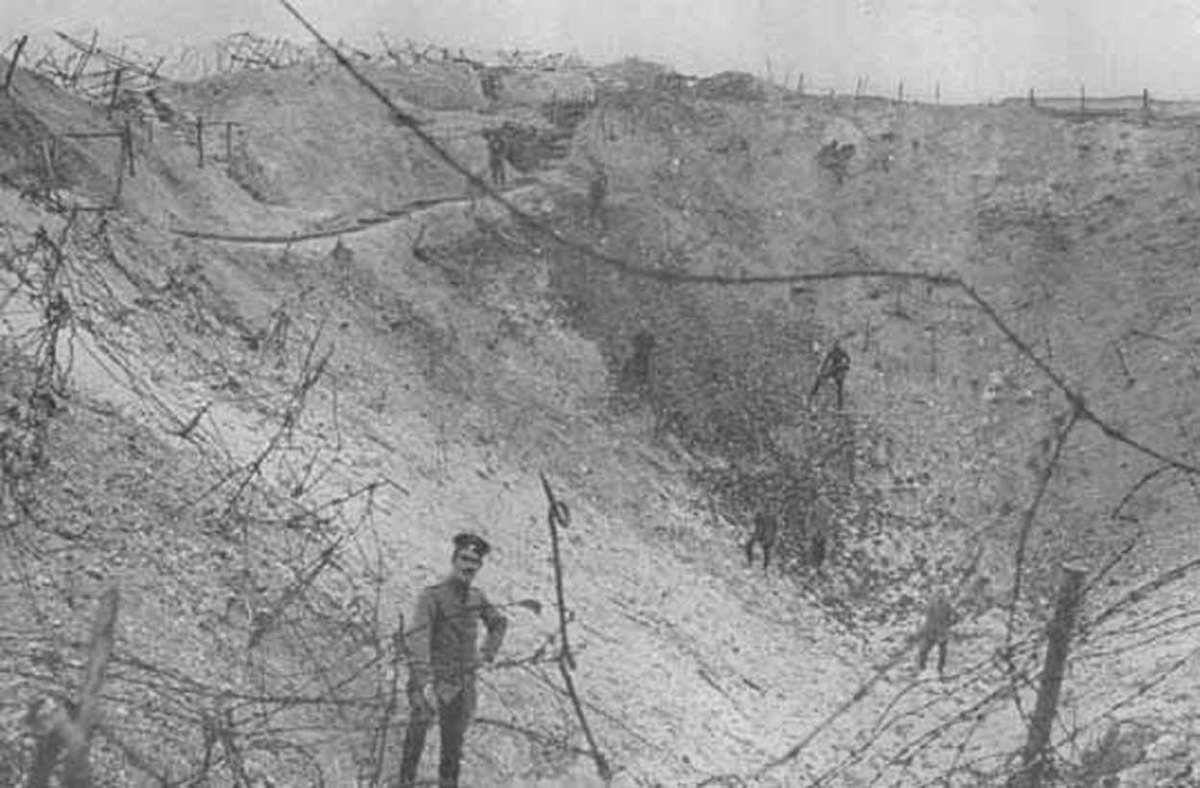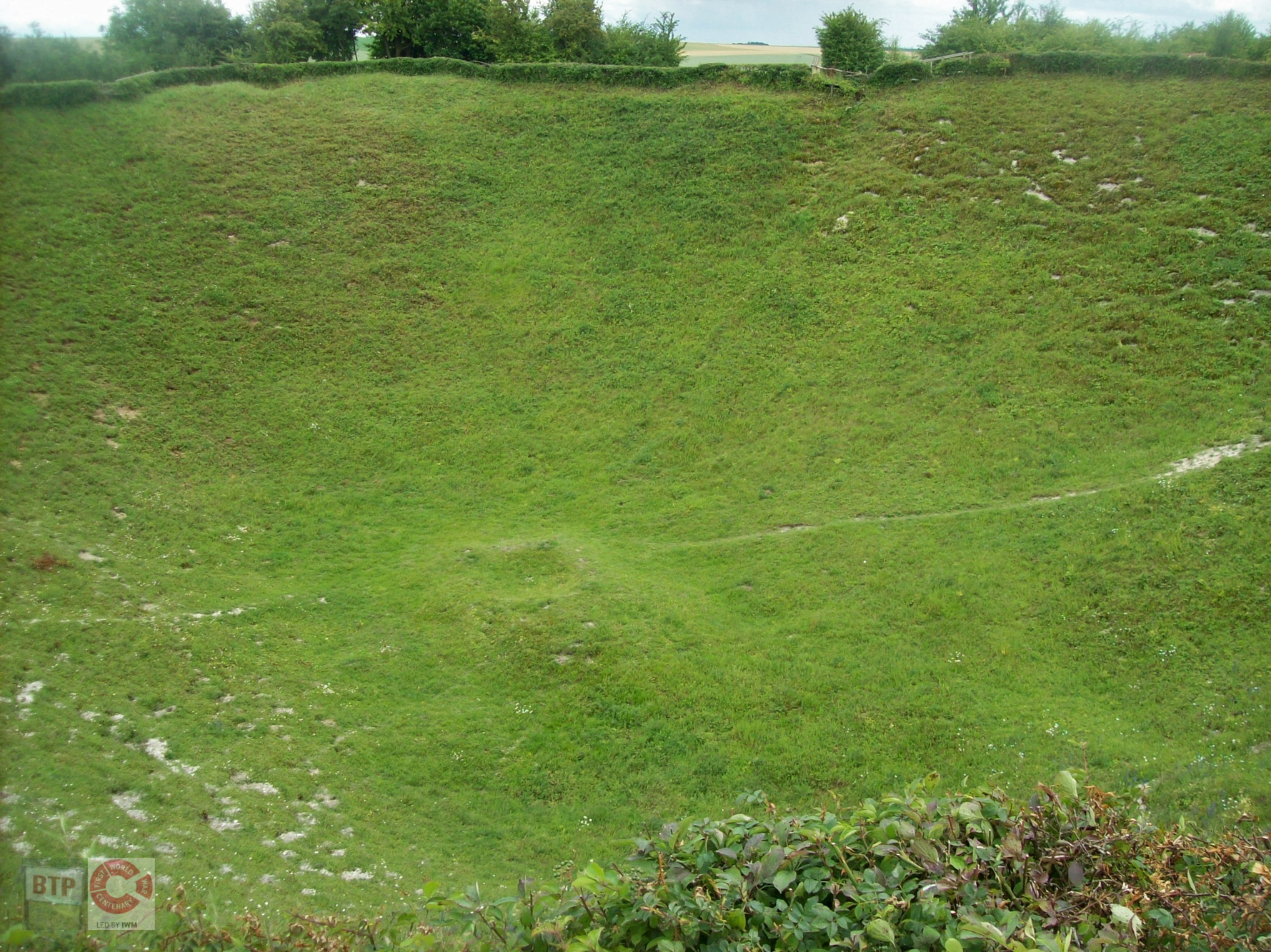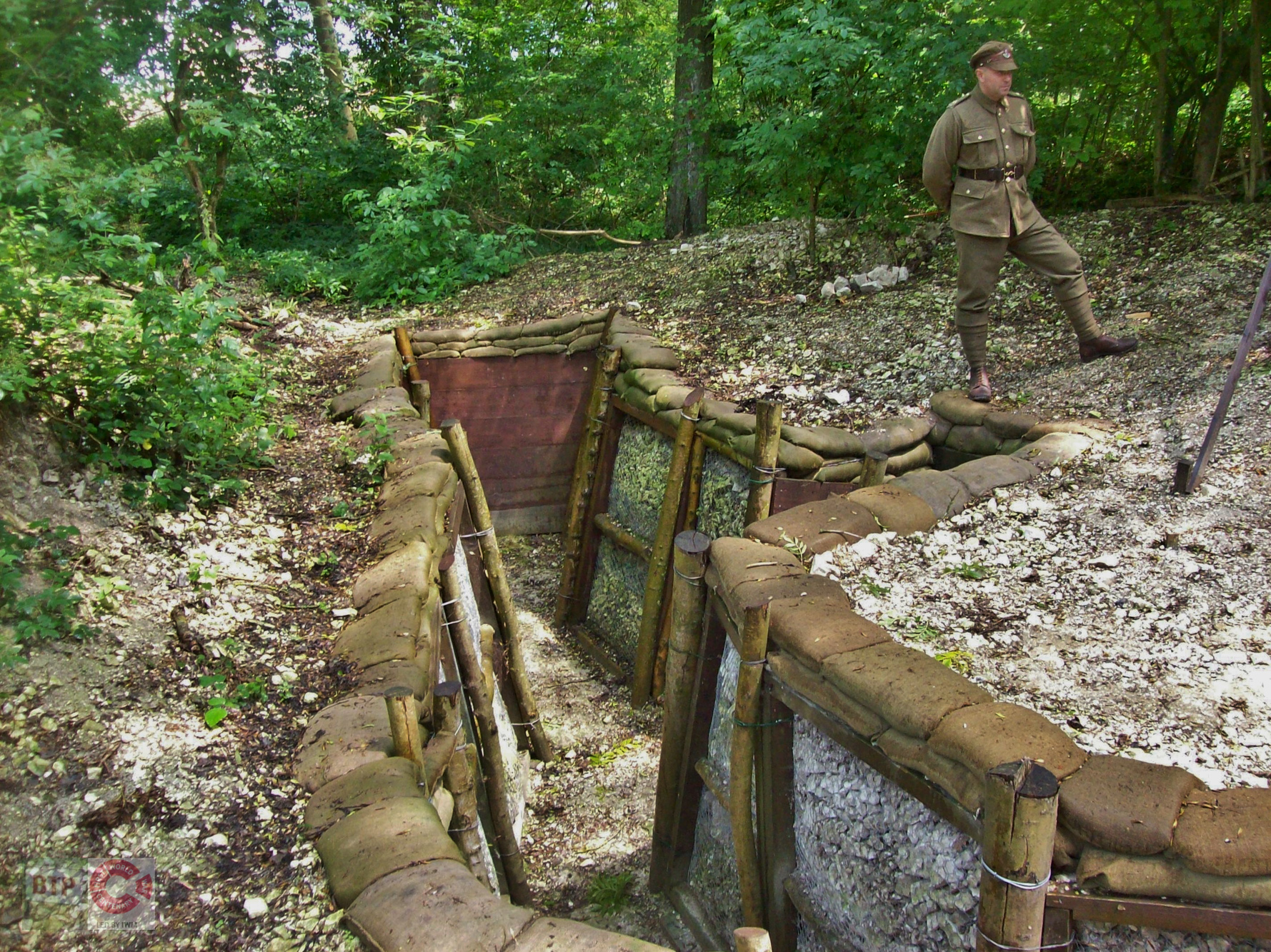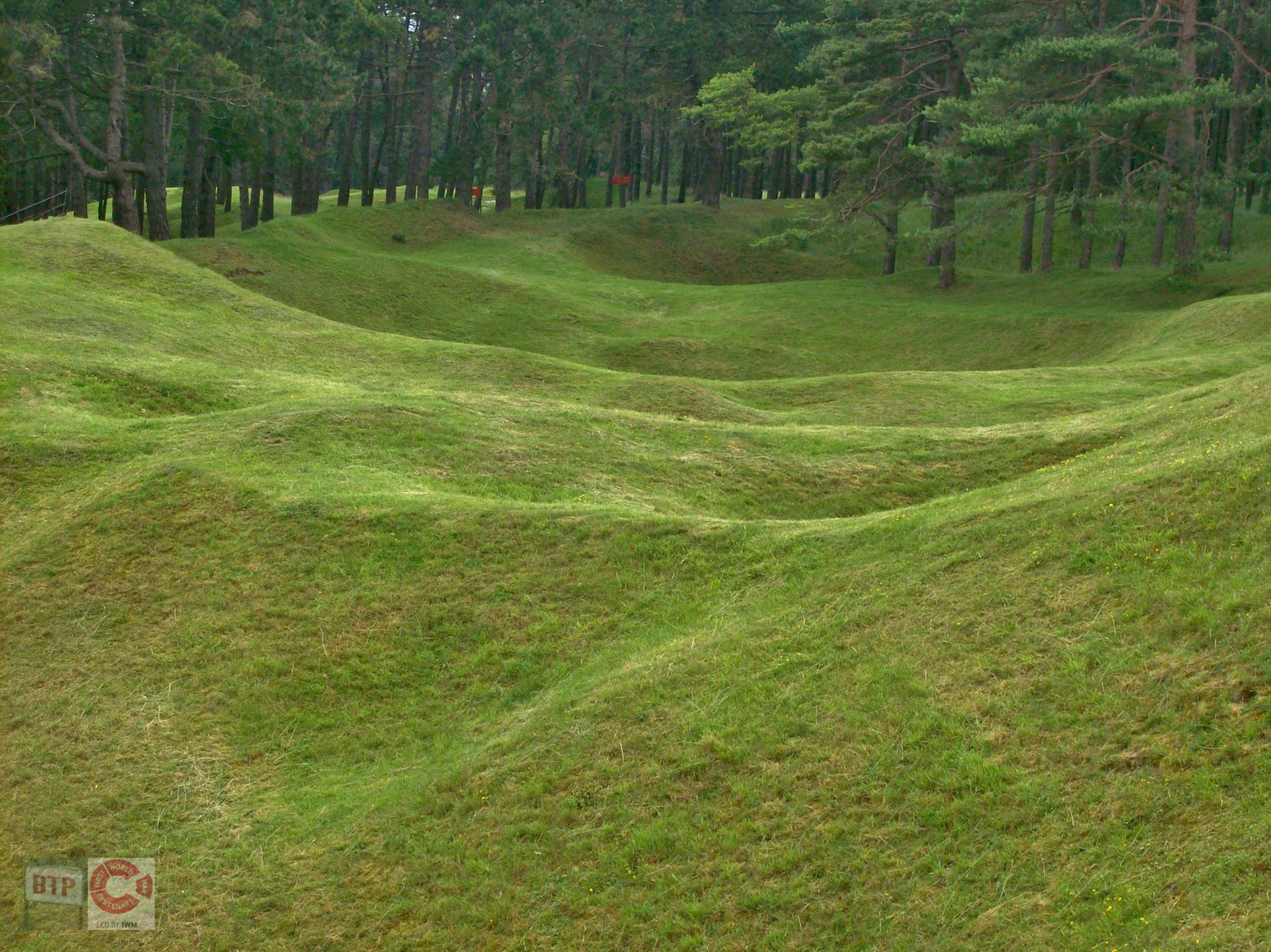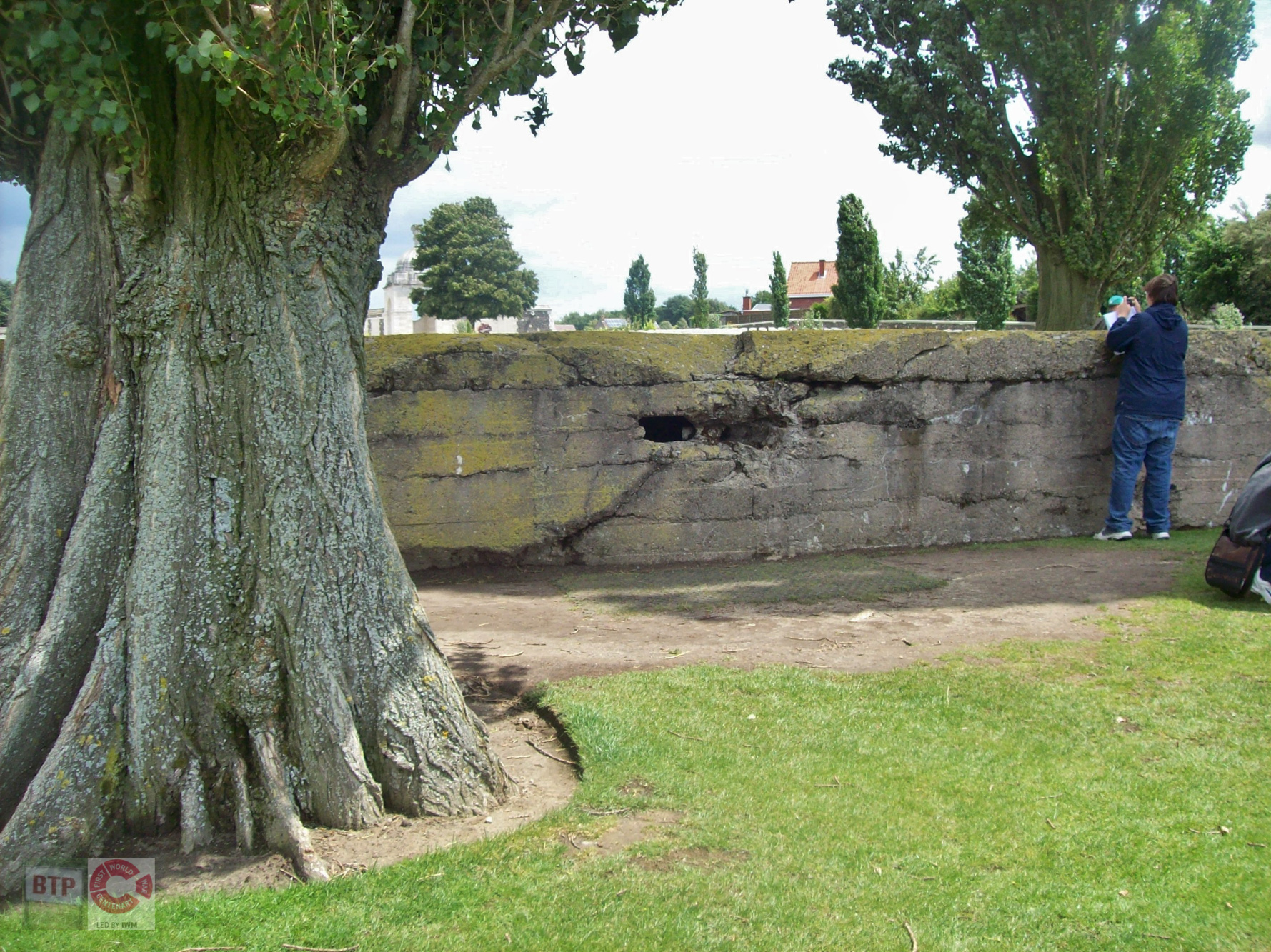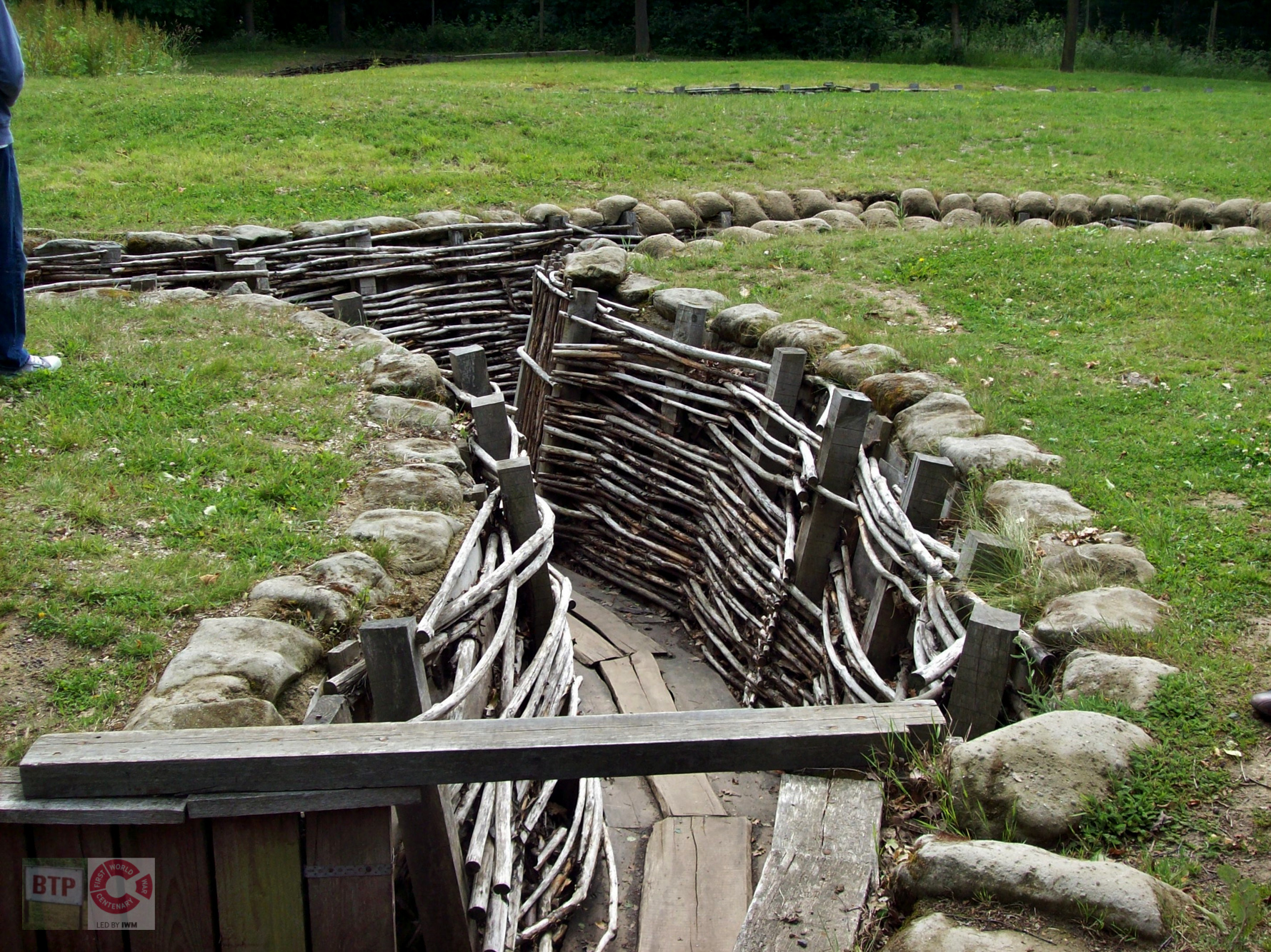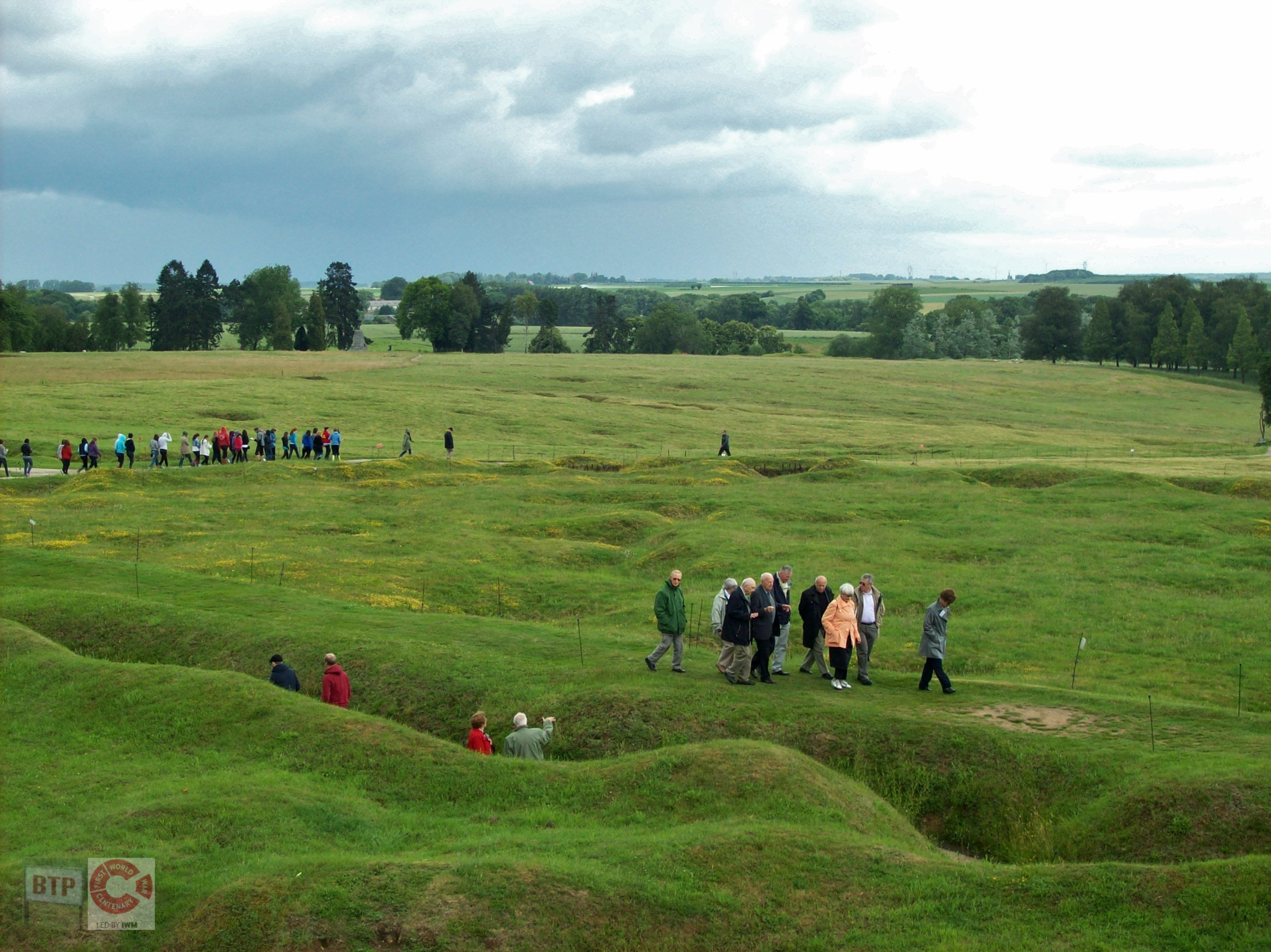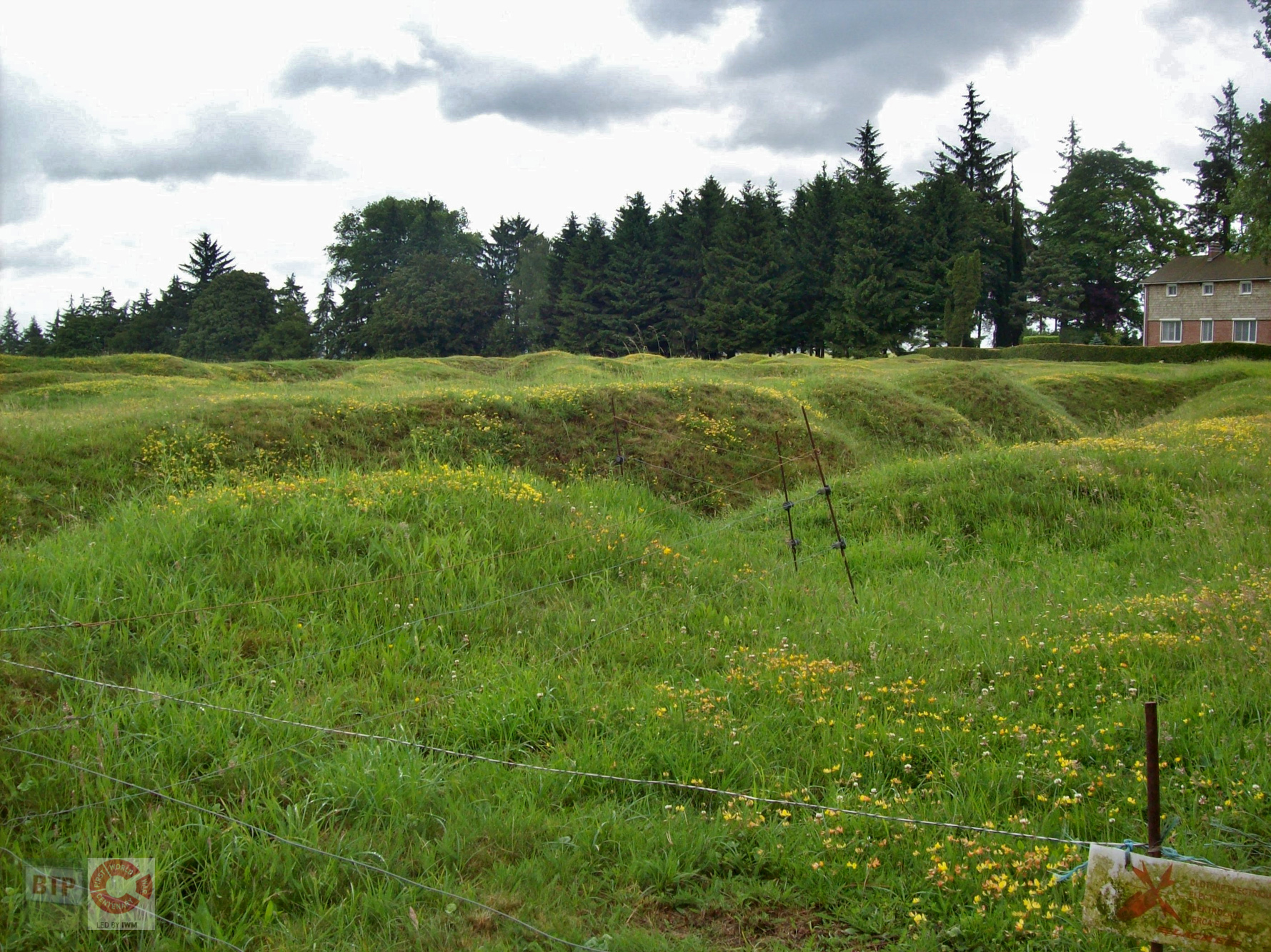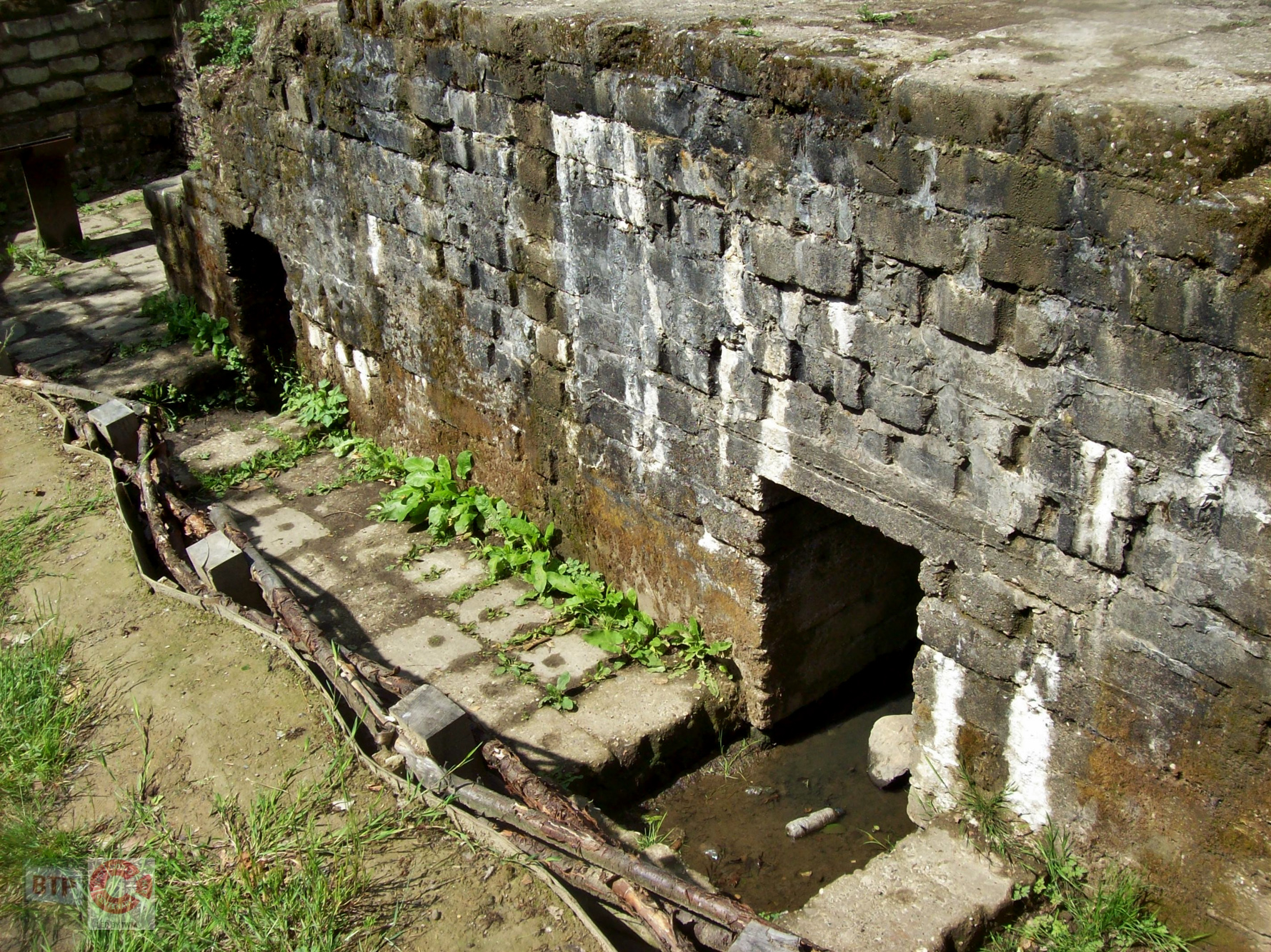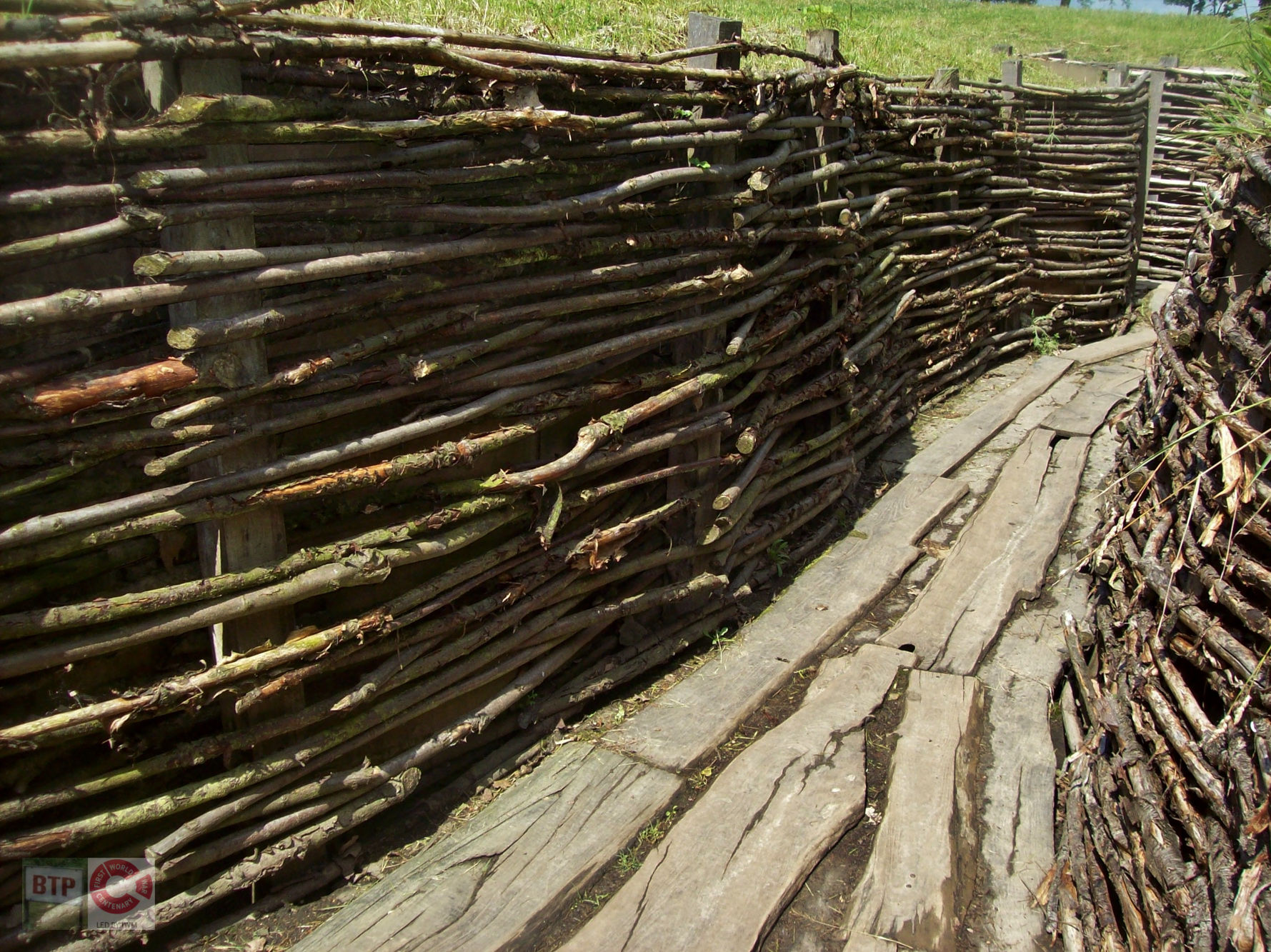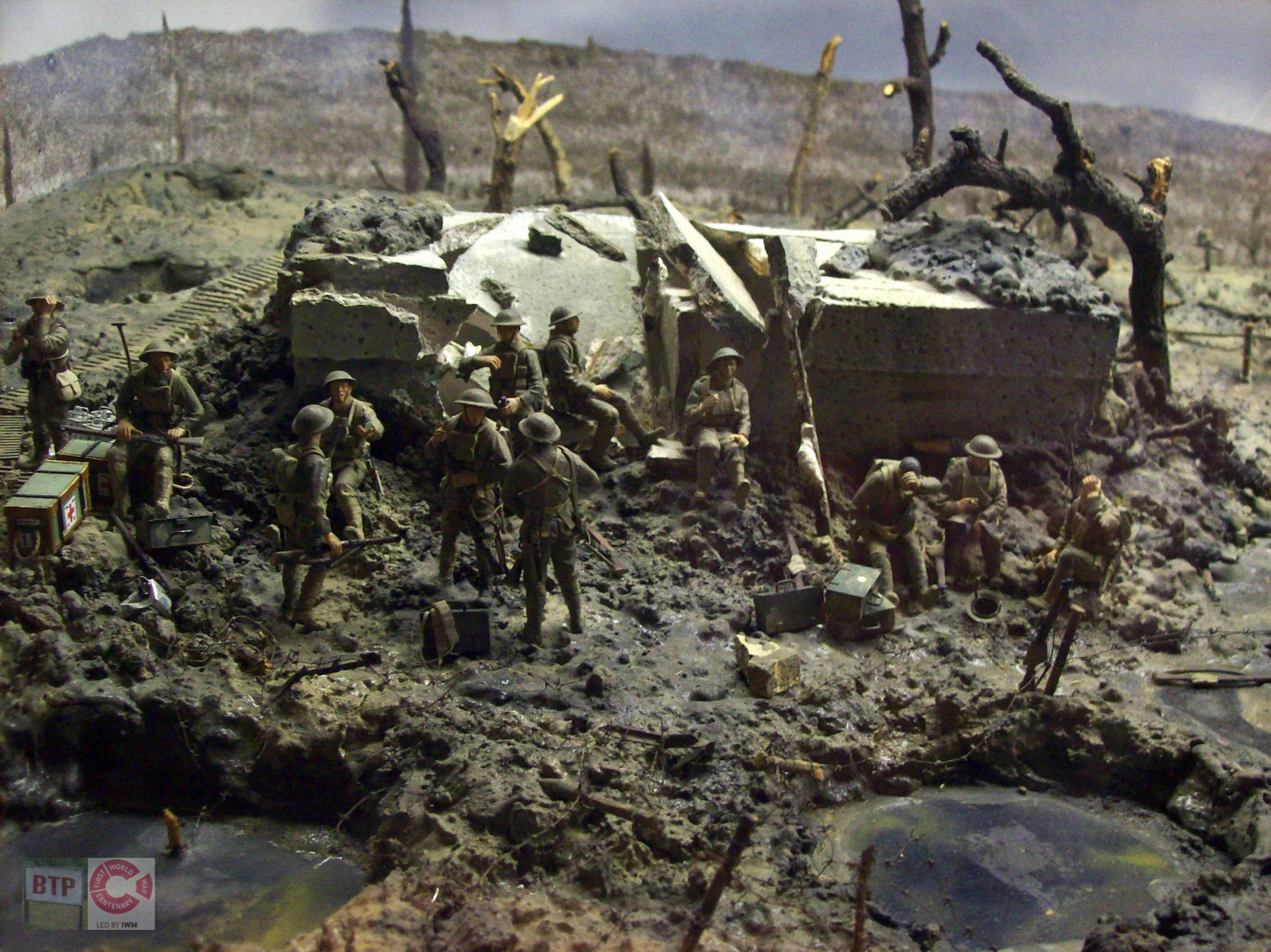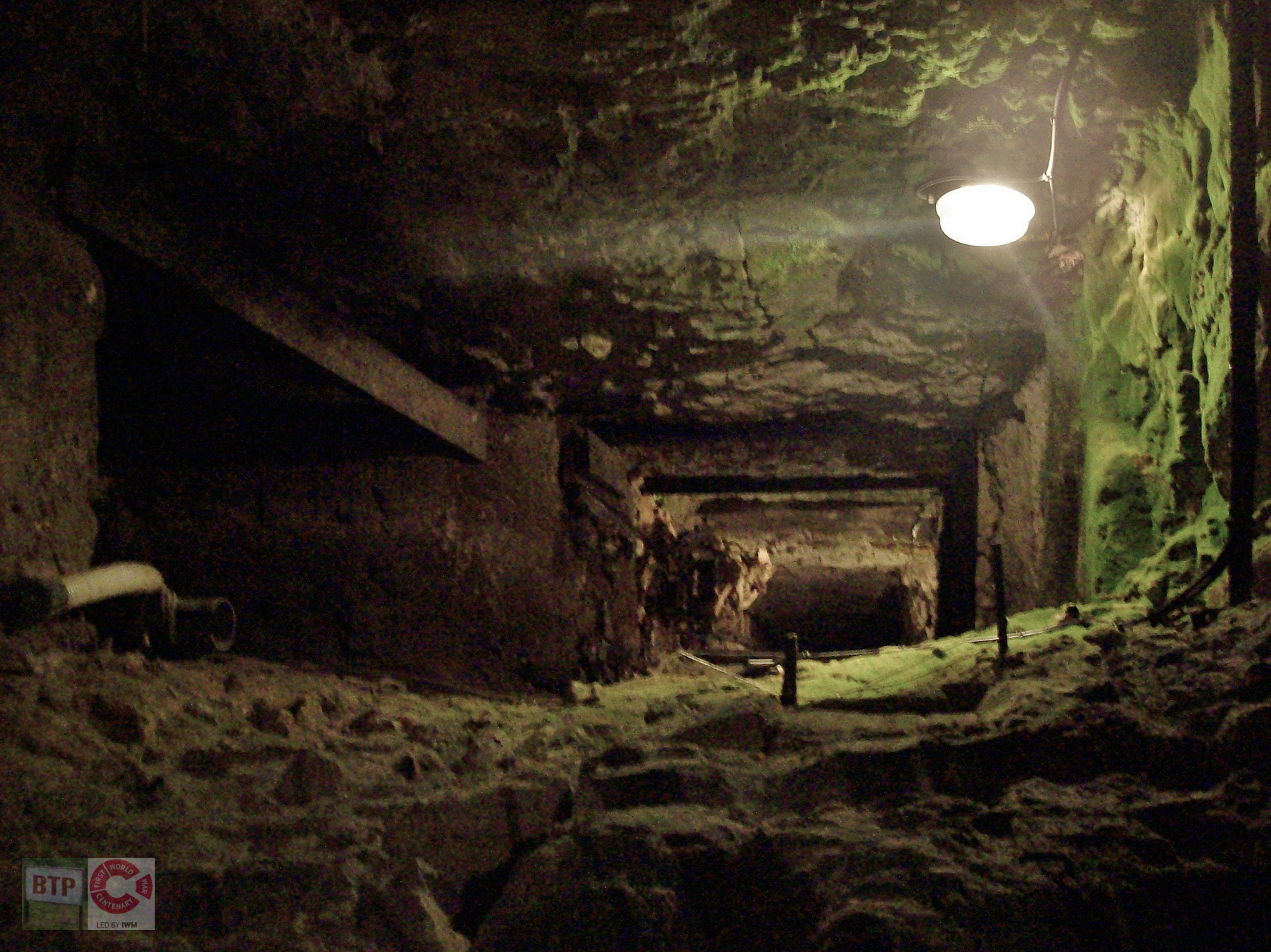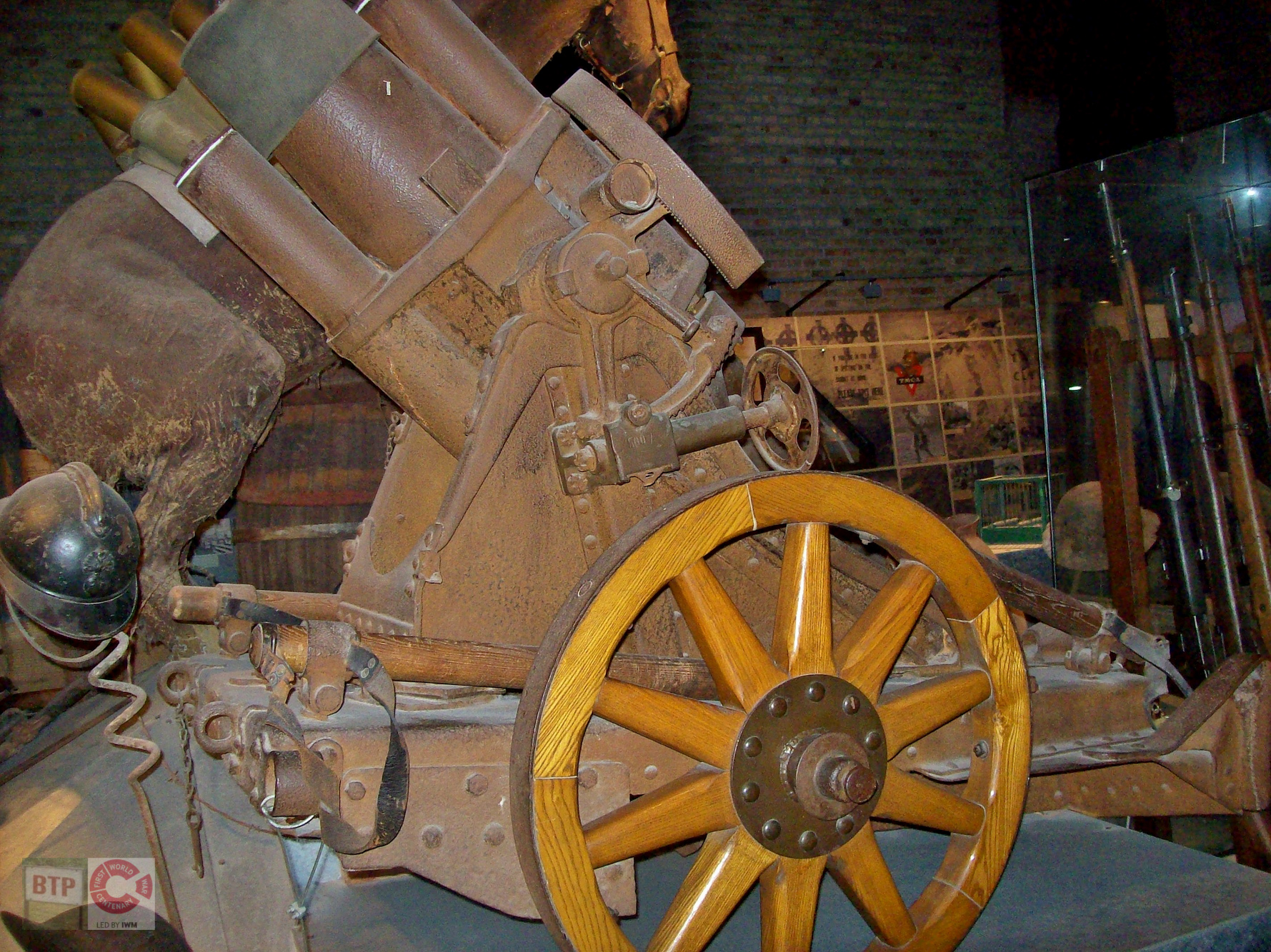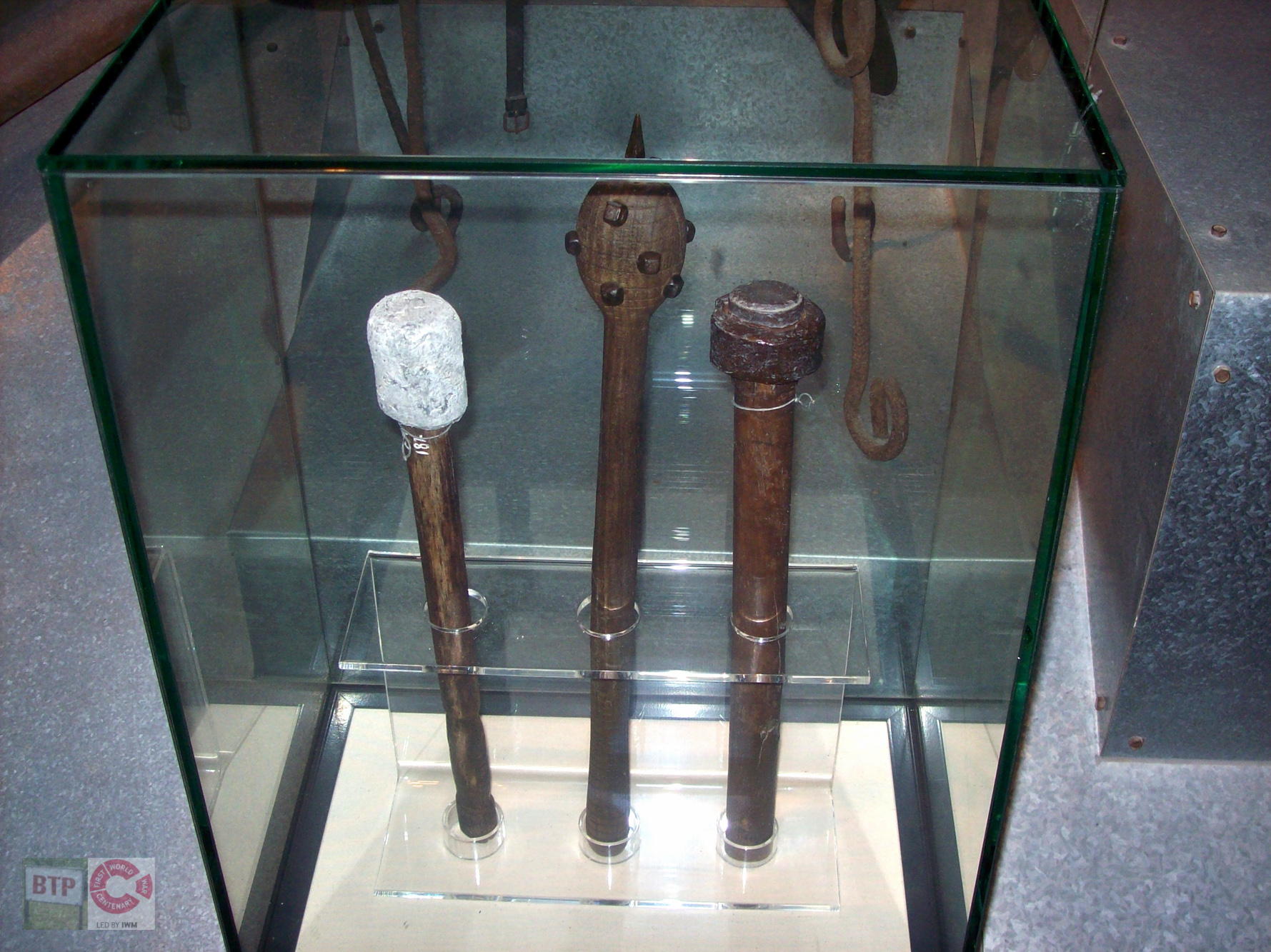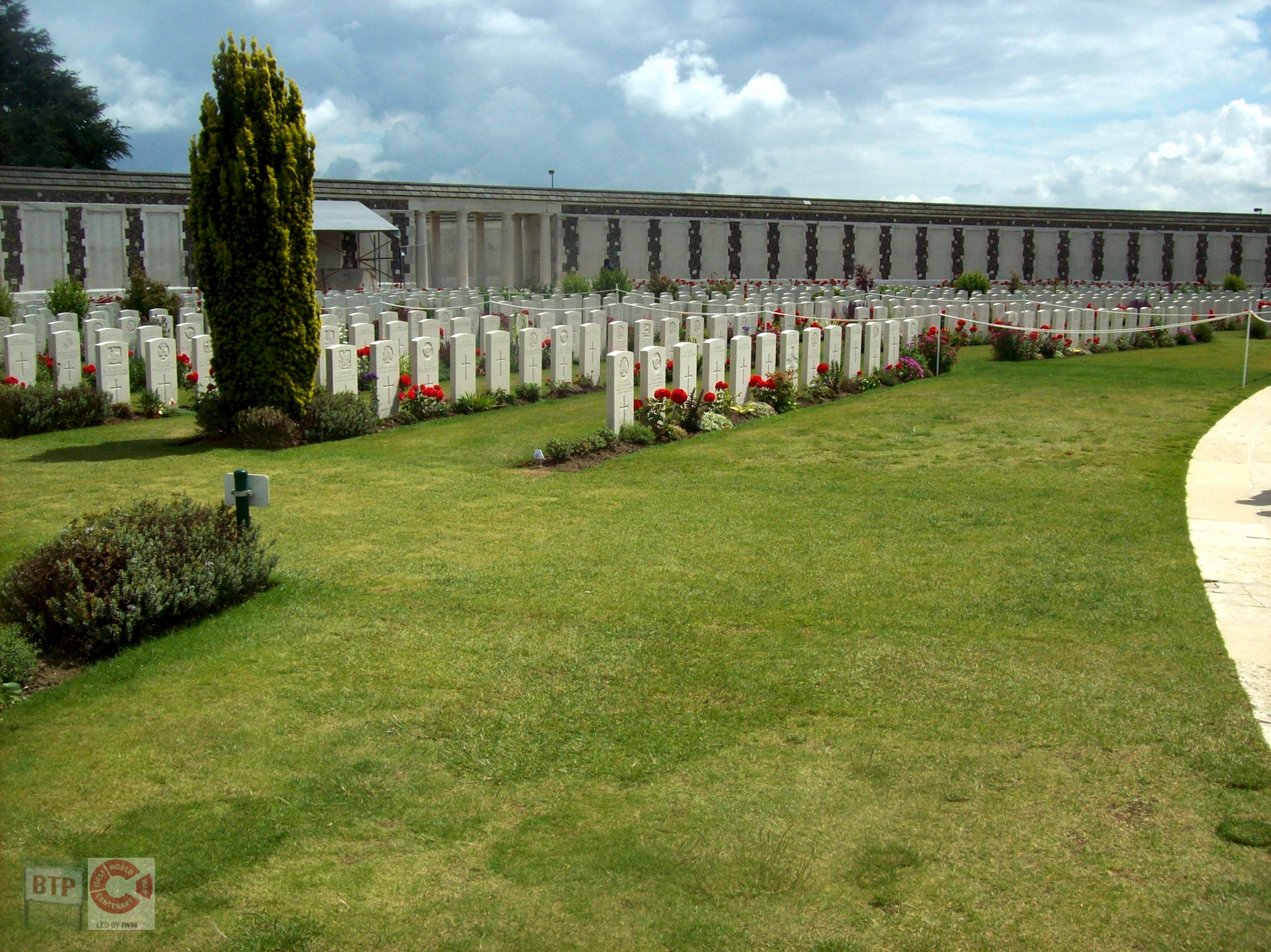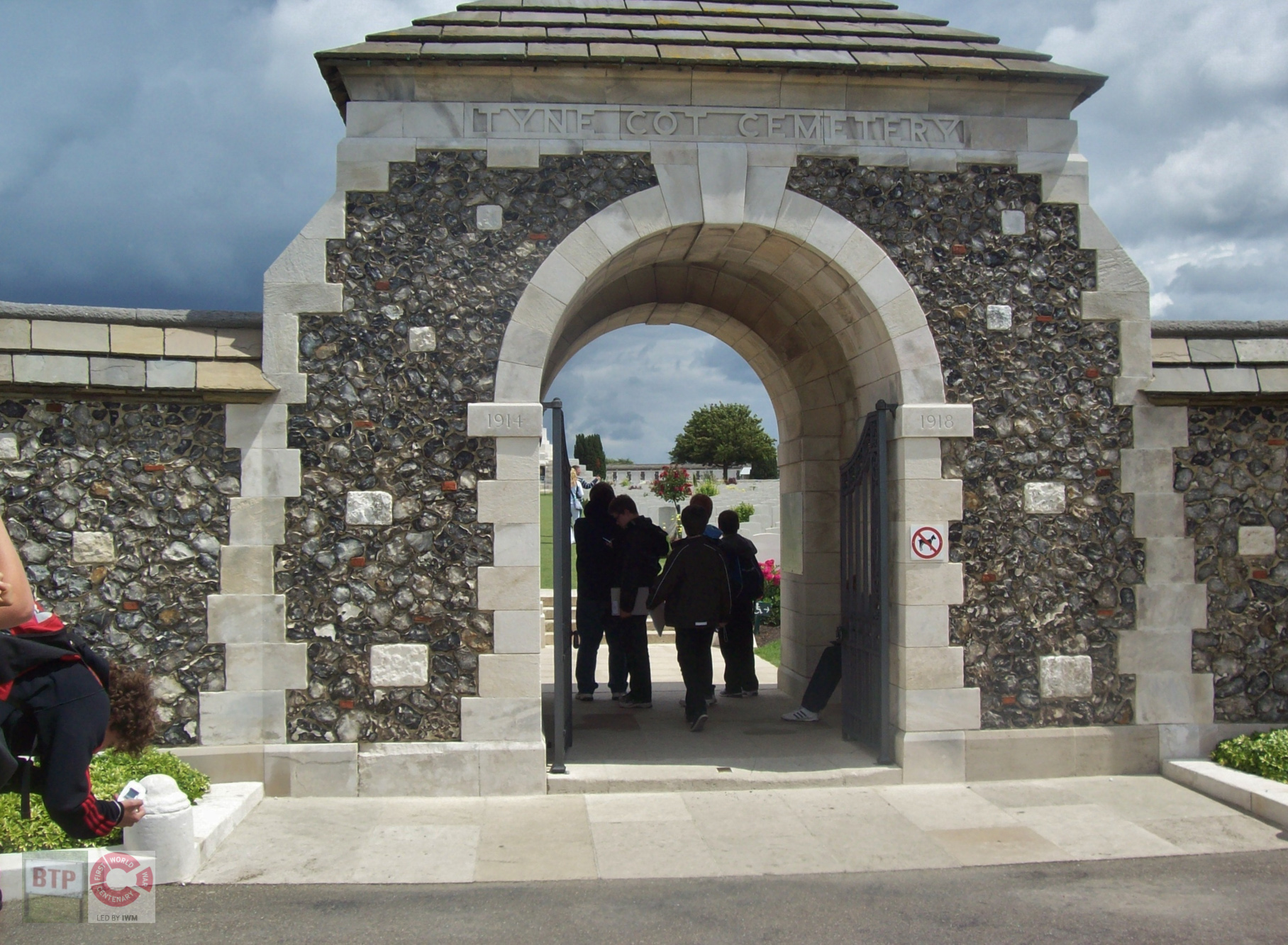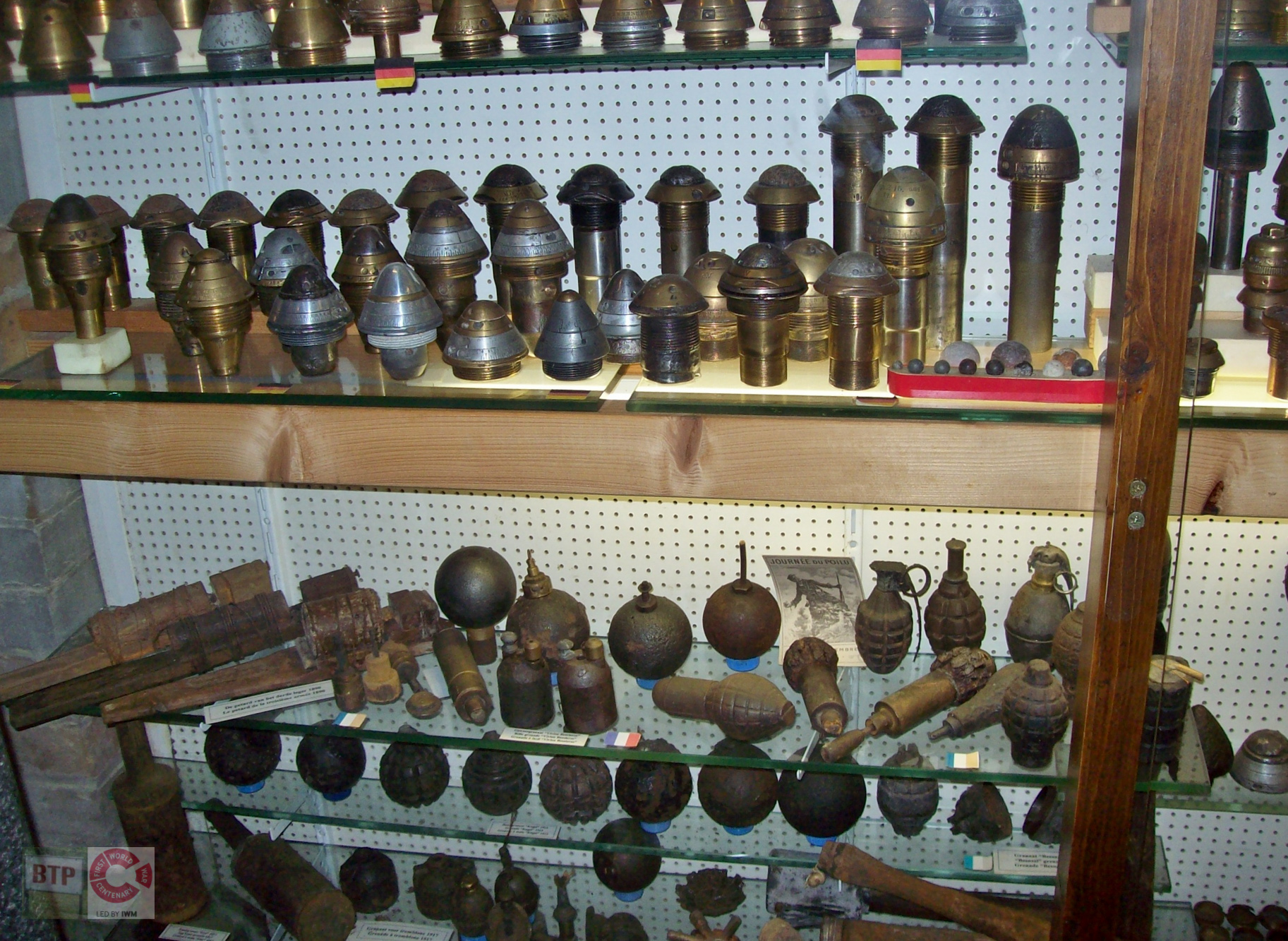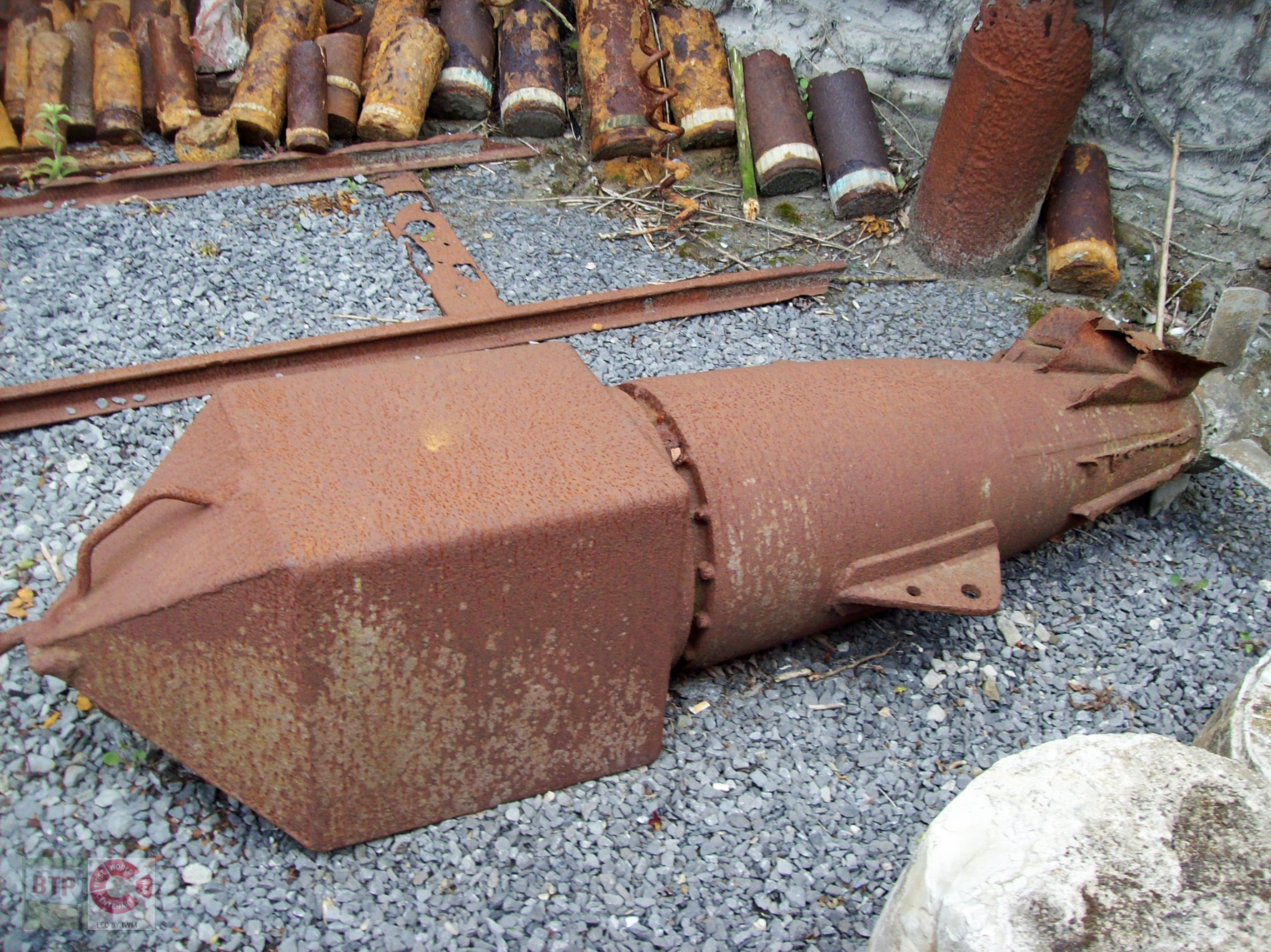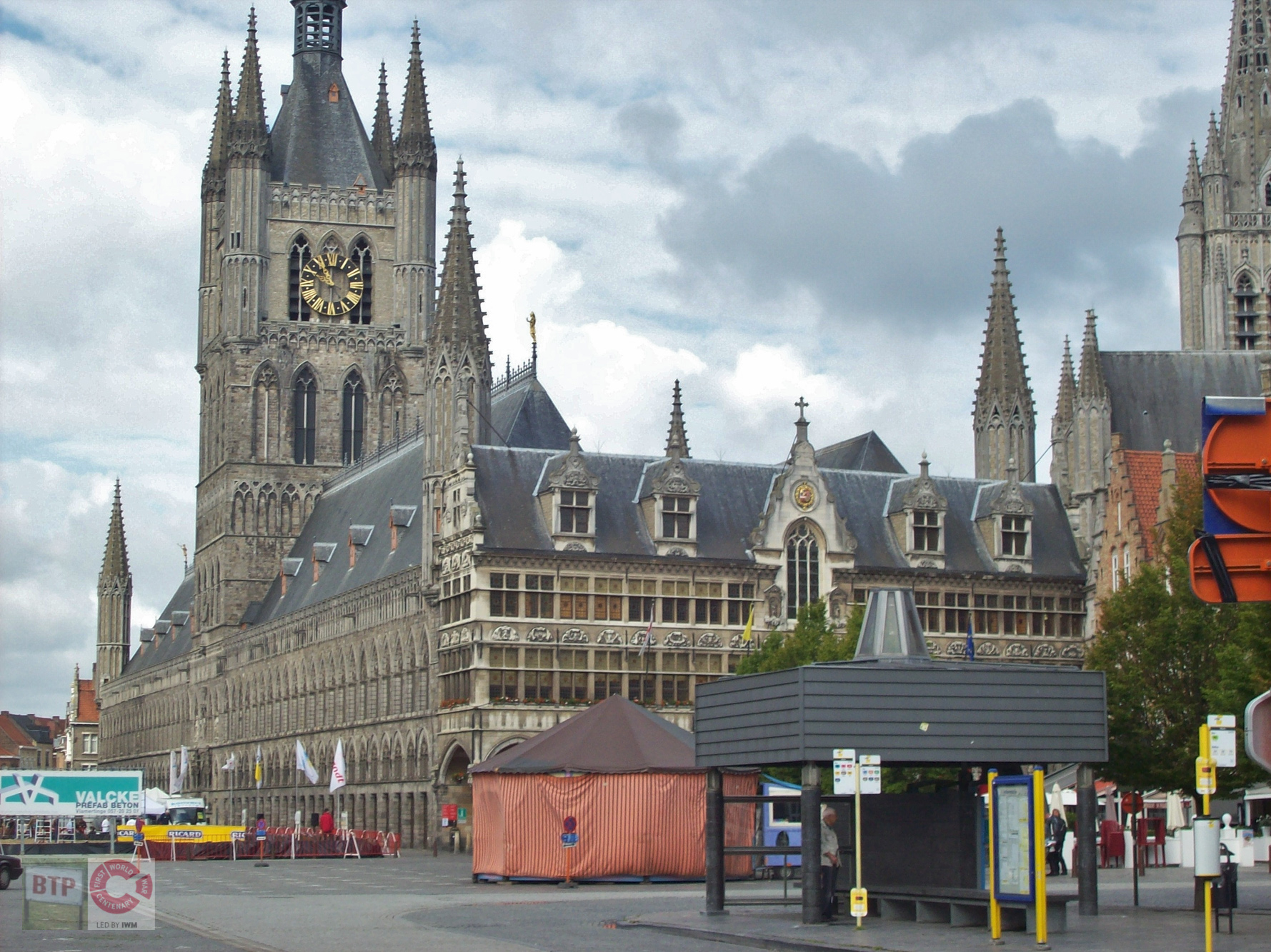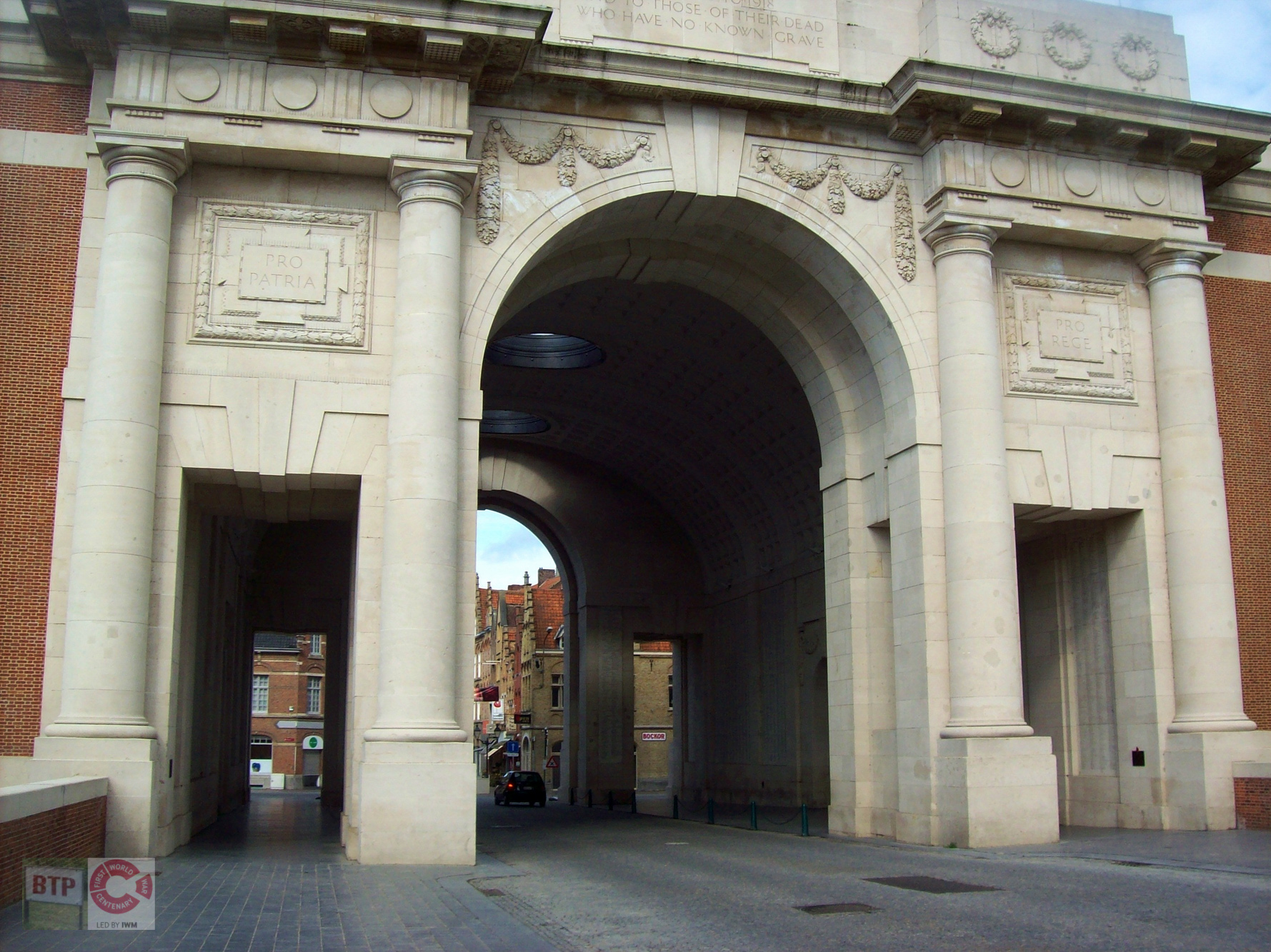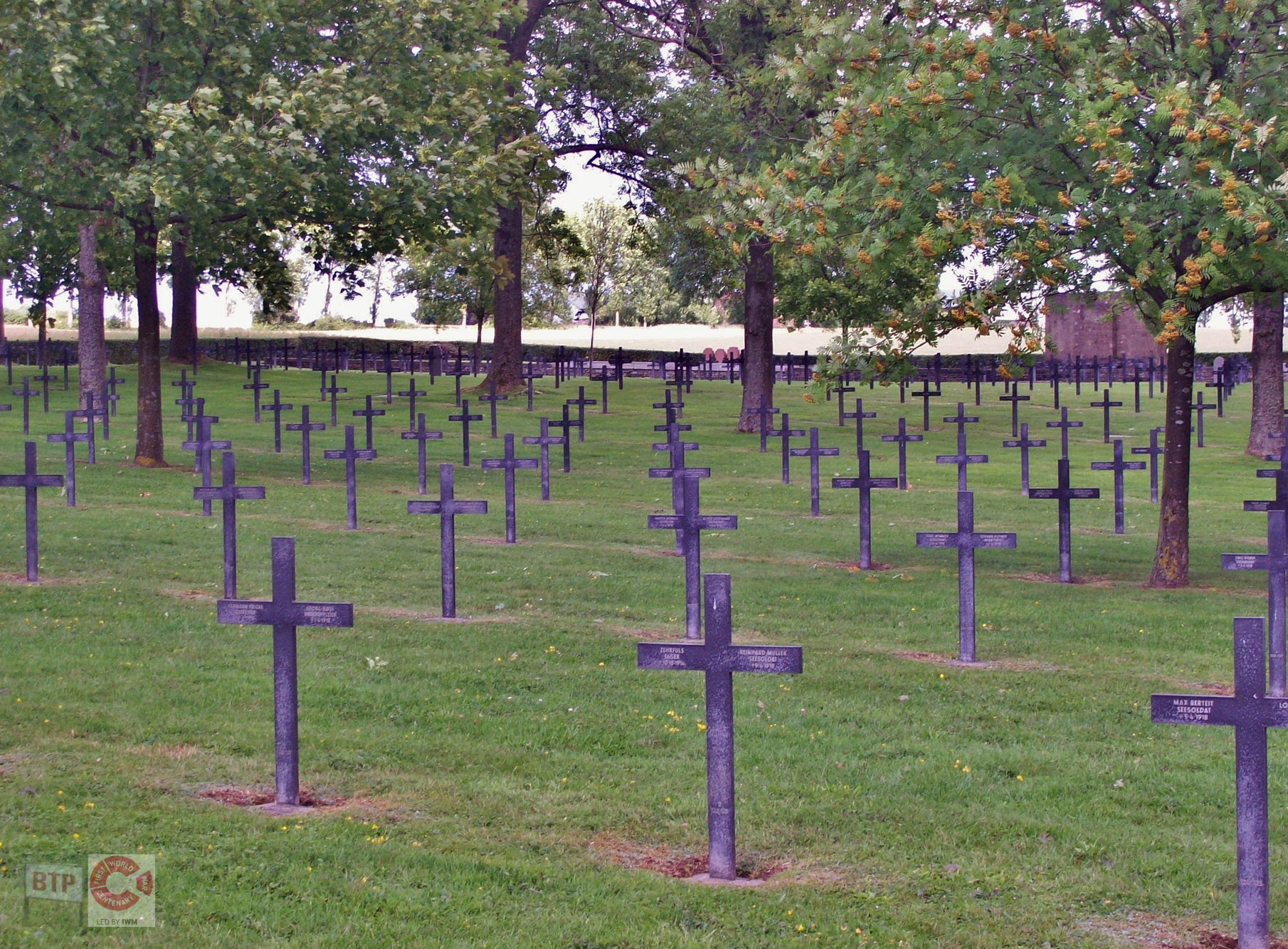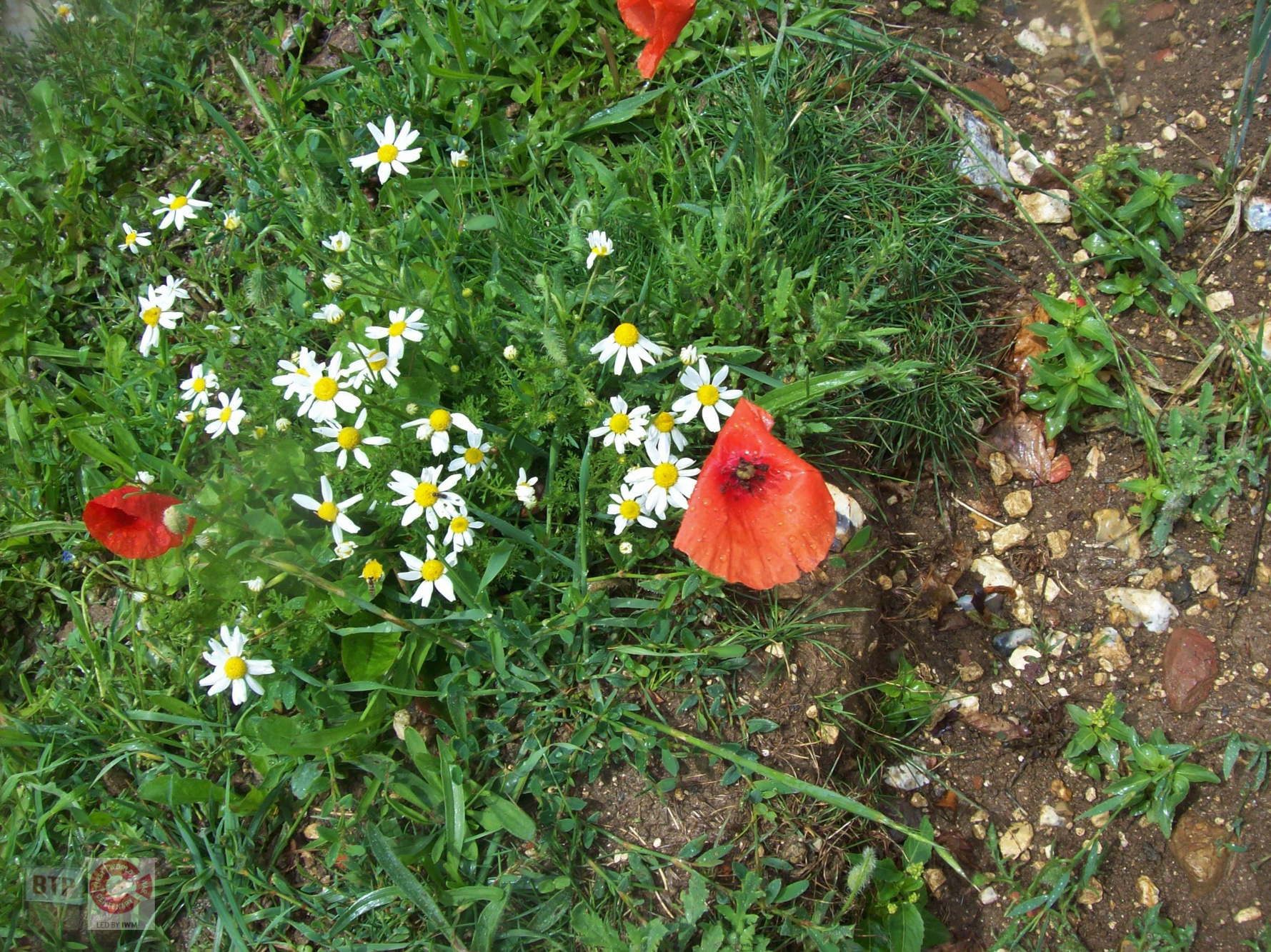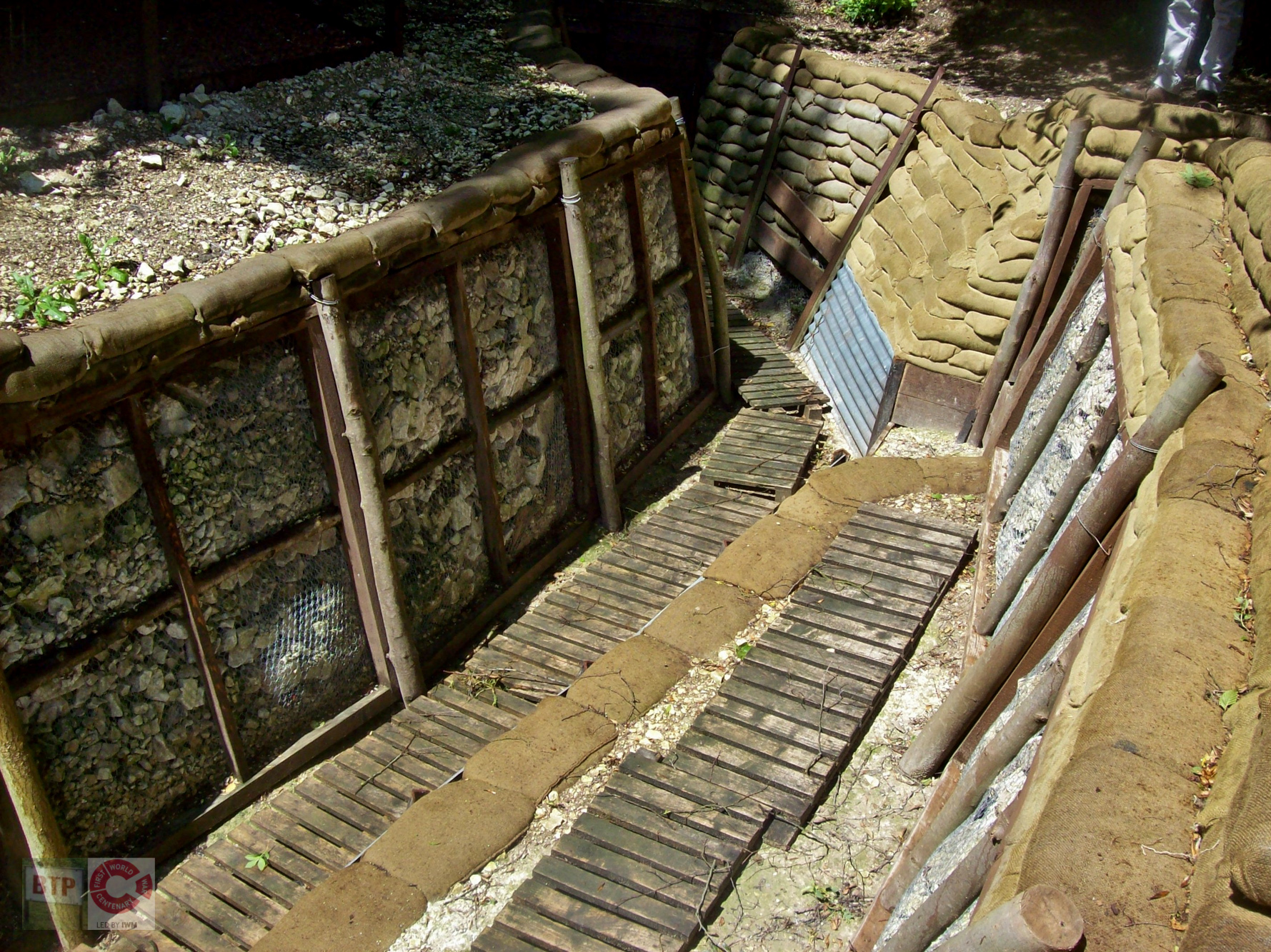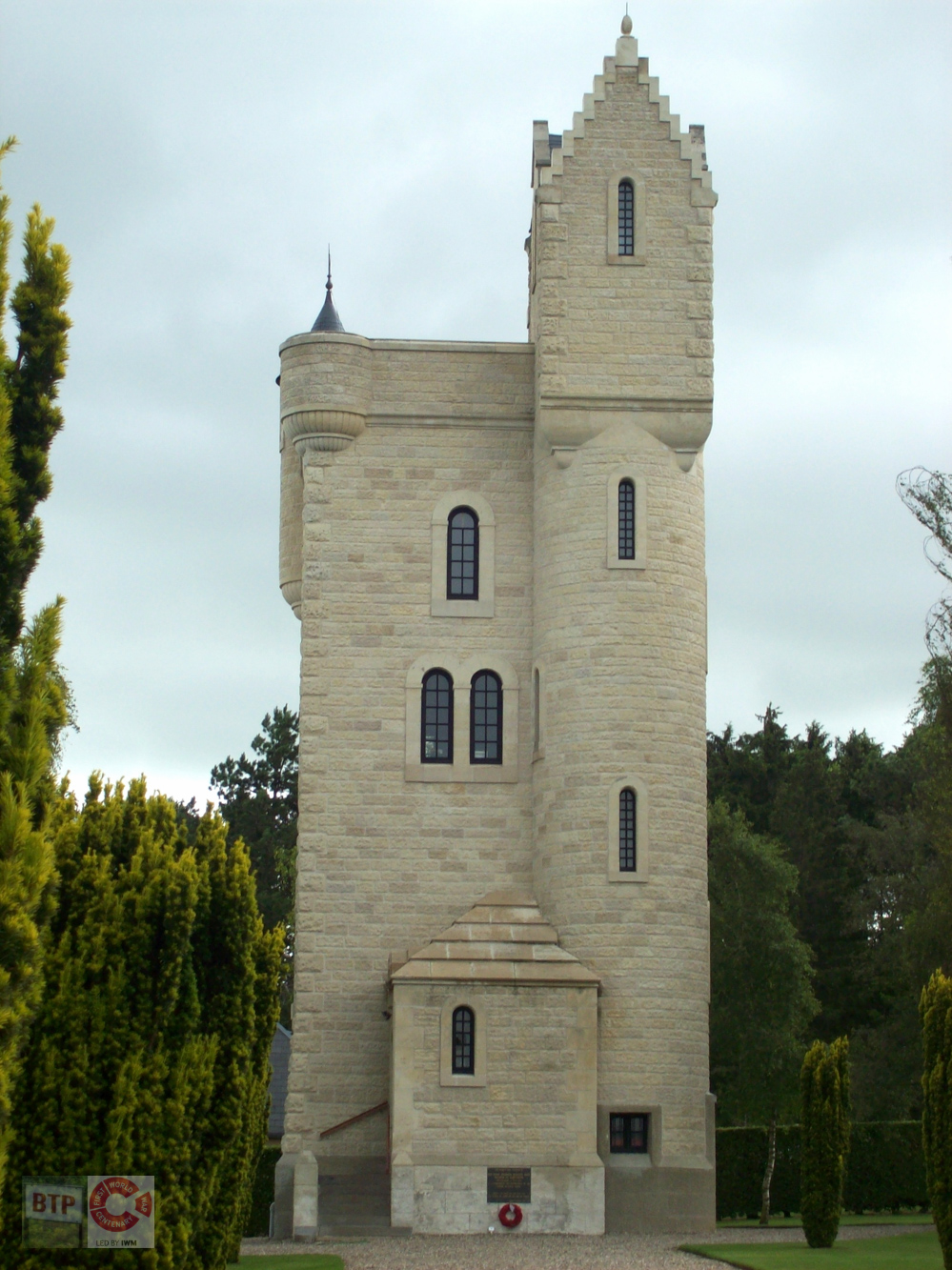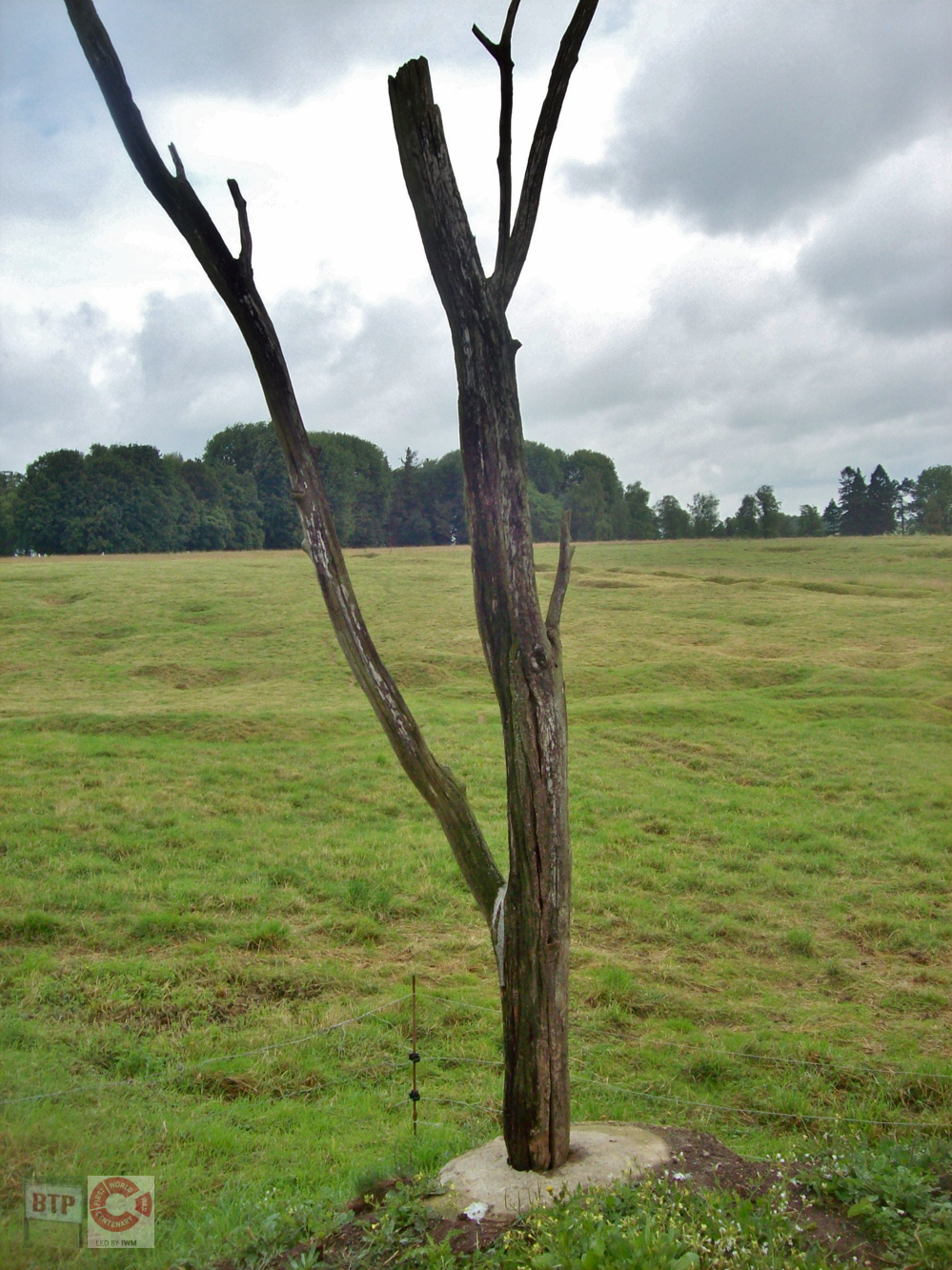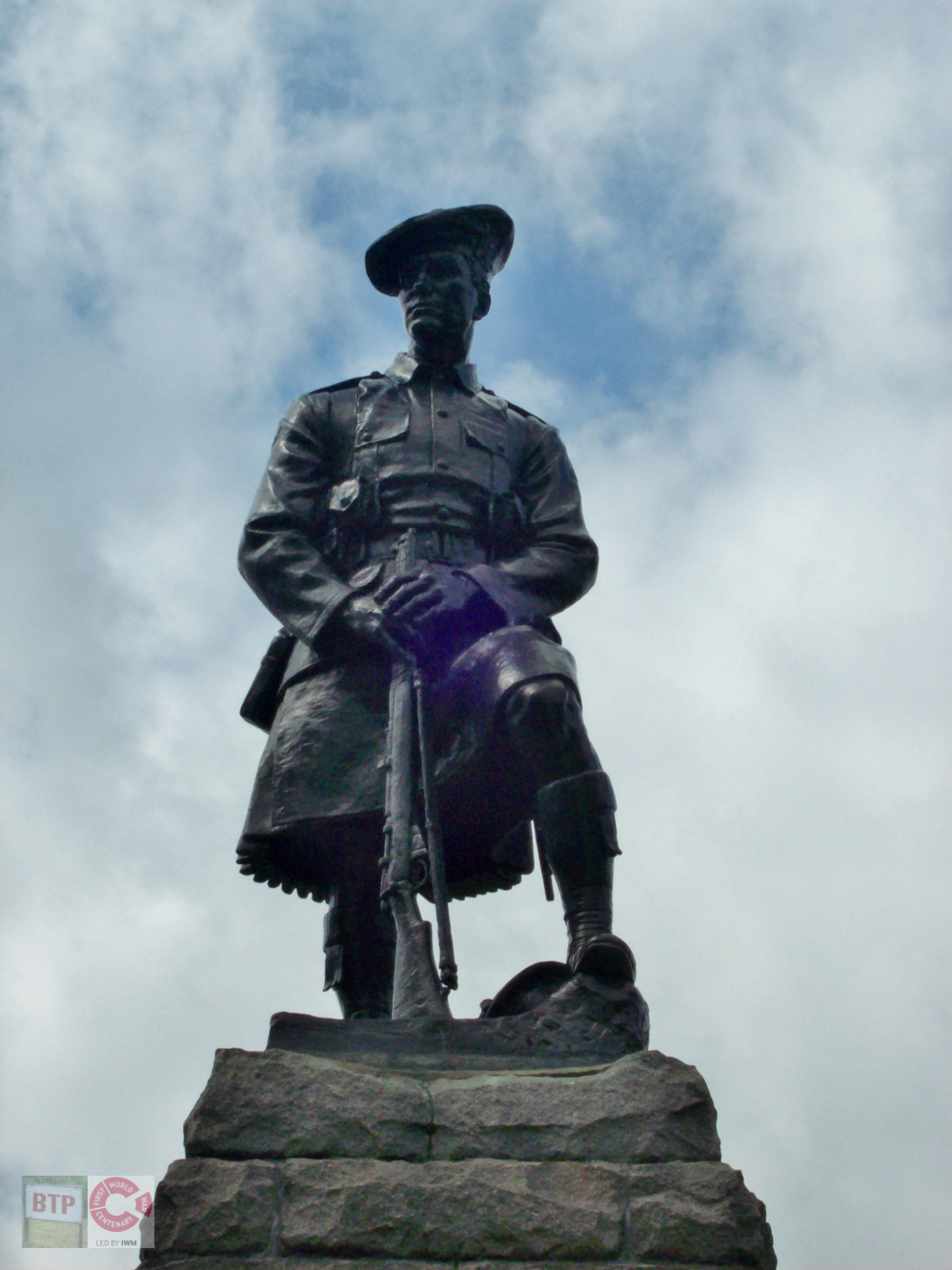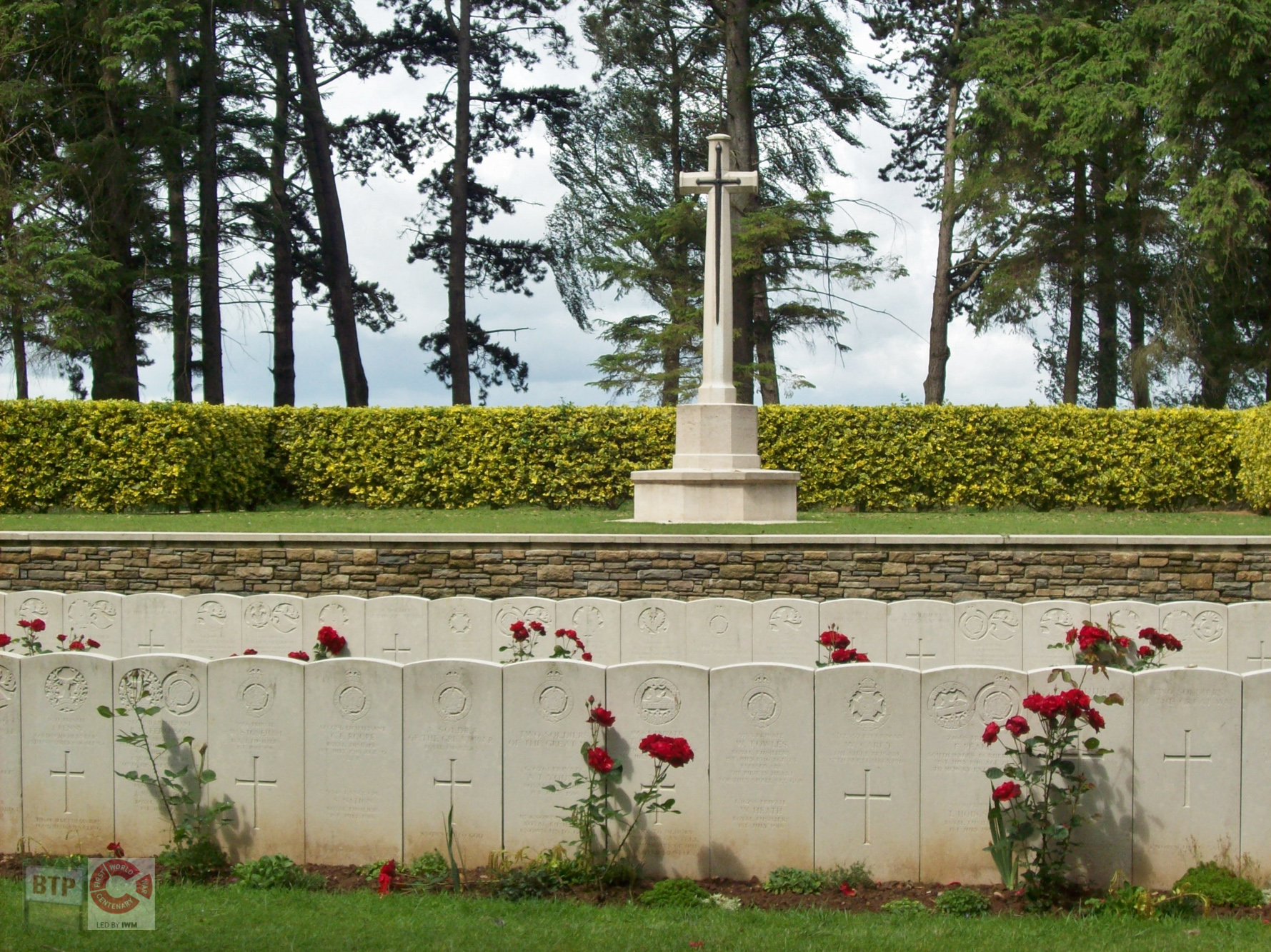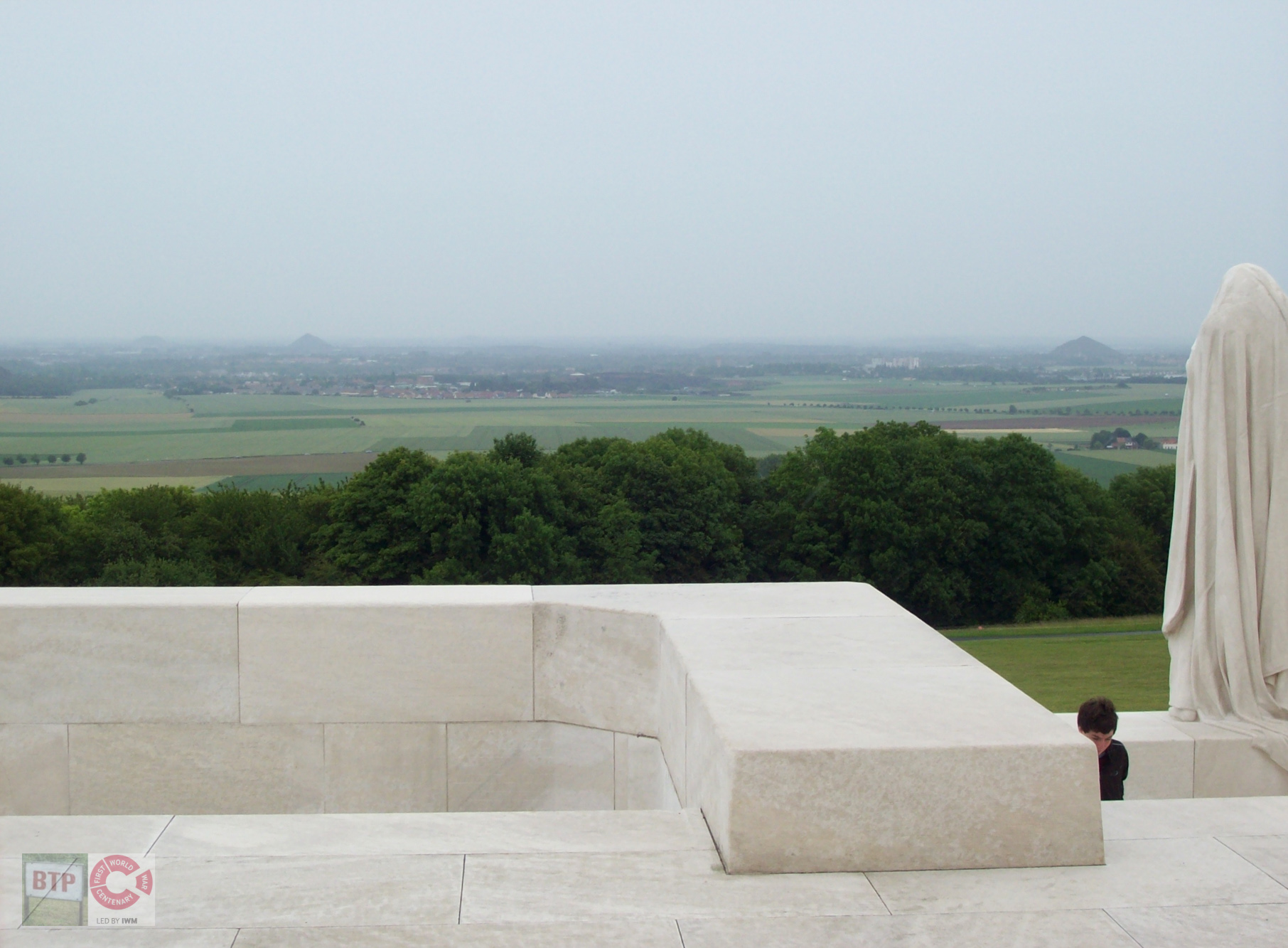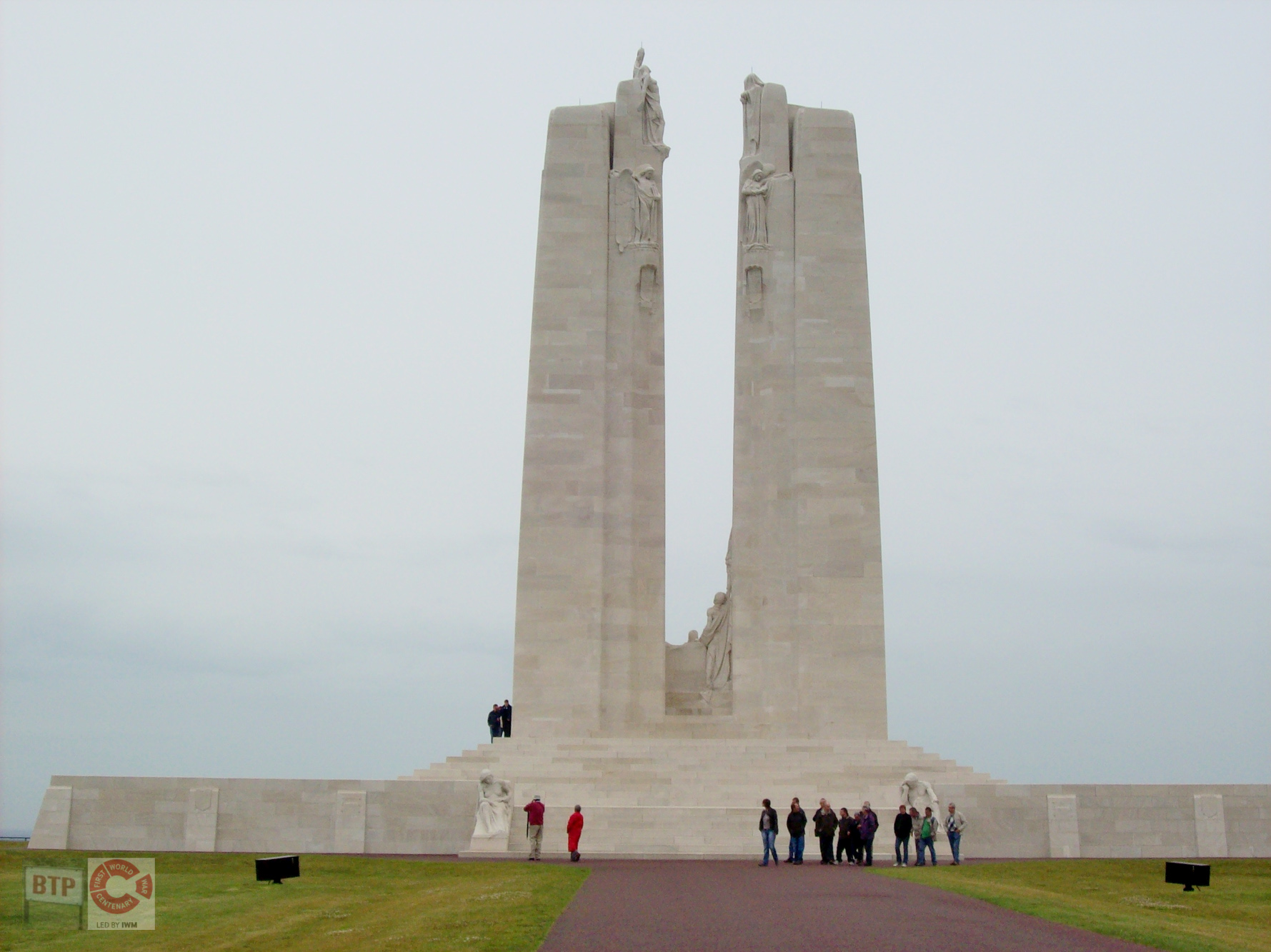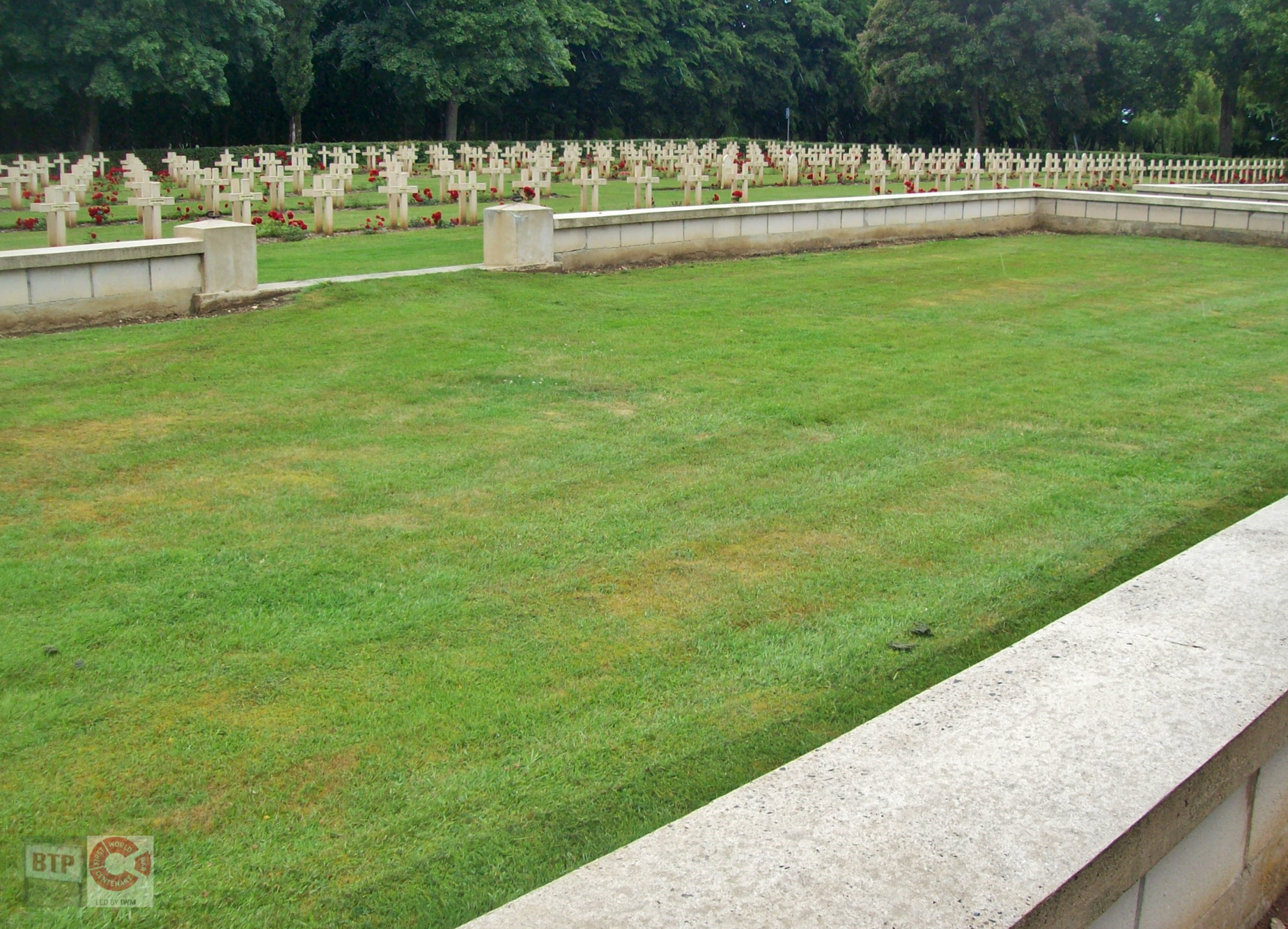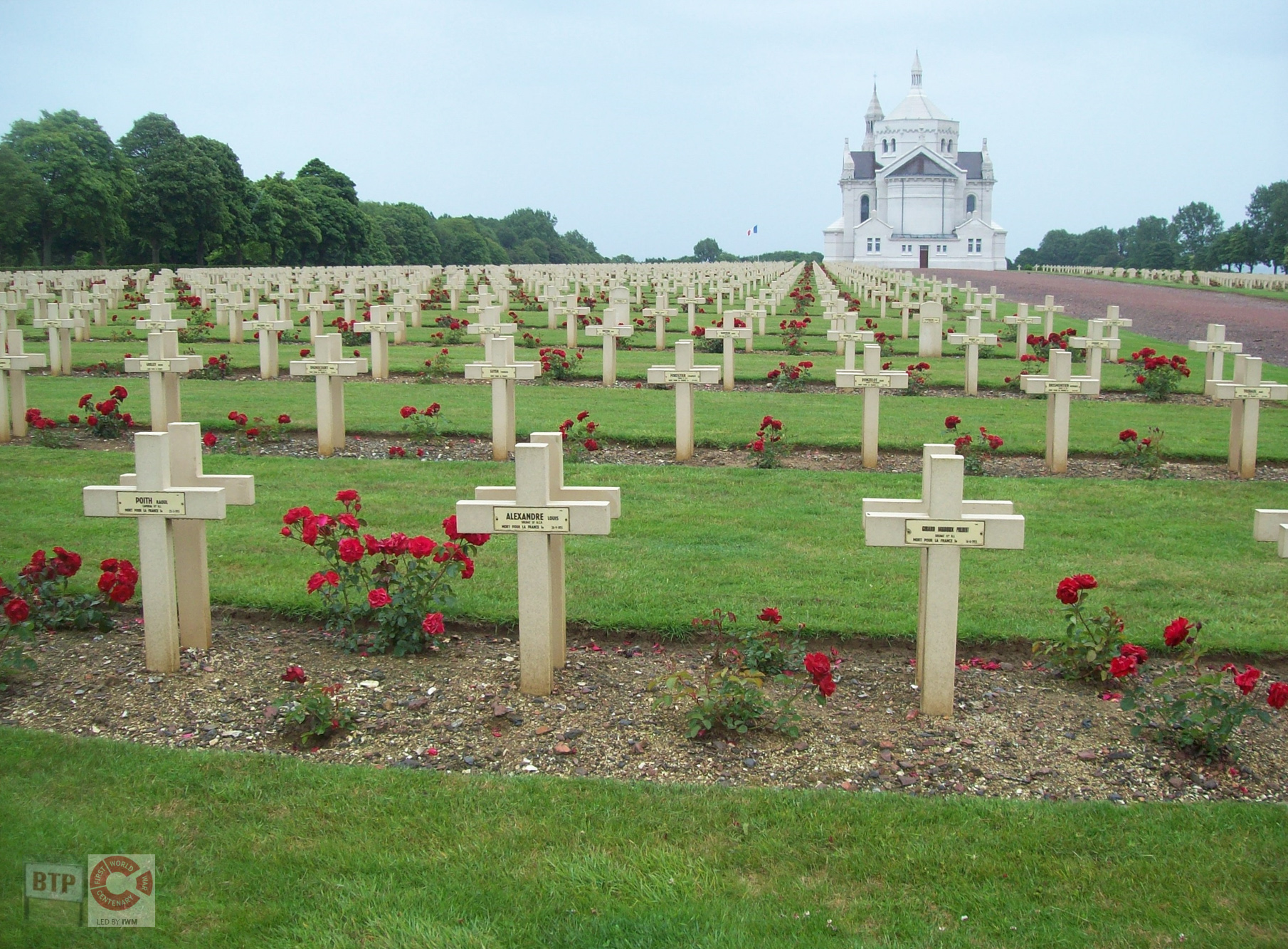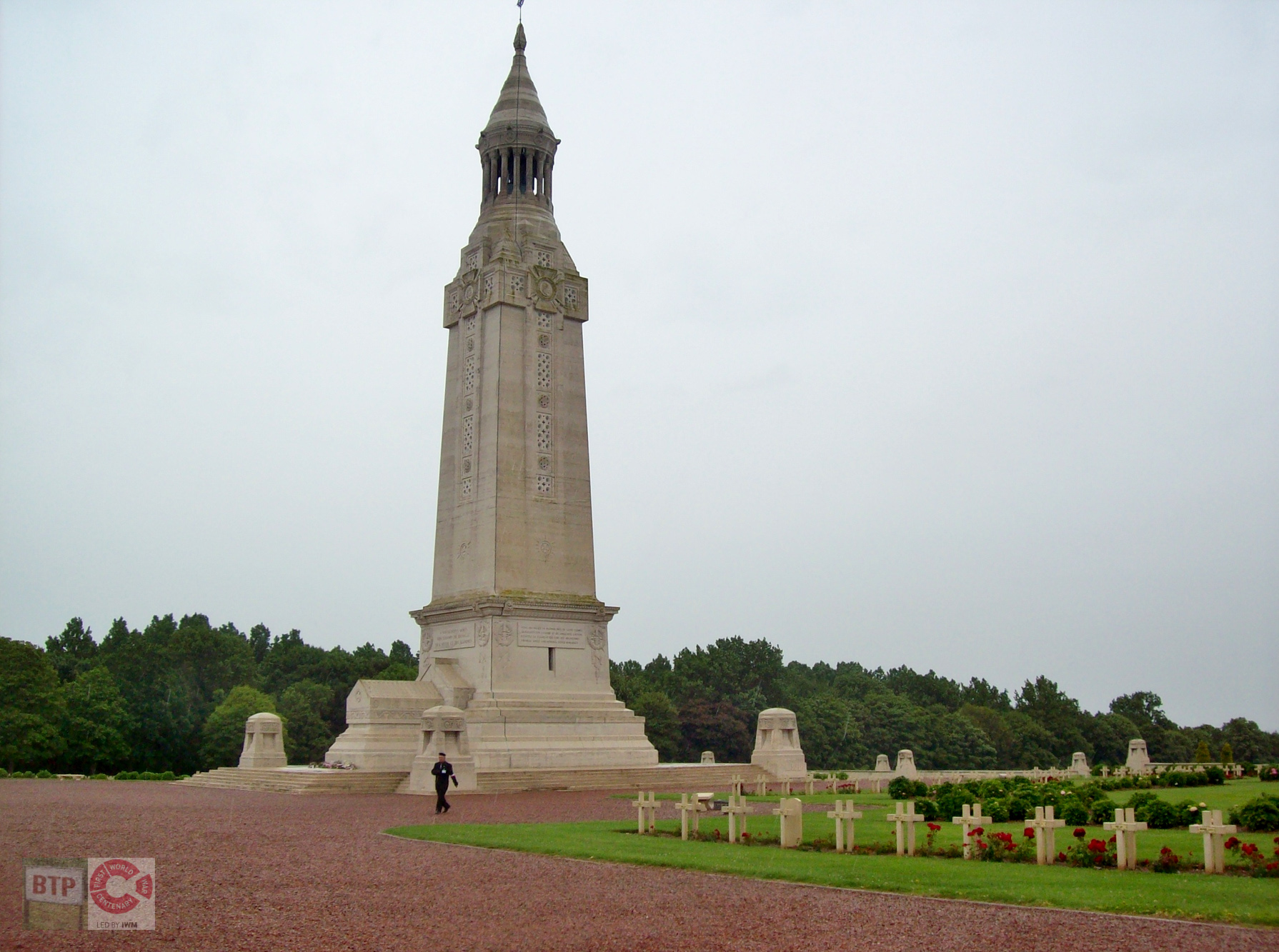This article was written by BTP Liam on the 1st of July 2016, marking 100 years since the First Day of the Somme in light of our coverage of the Great War in conjunction with the Imperial War Museum First World War Centenary Partnership.
If Joe and I were alive a century ago we would find ourselves with a 1/3 chance of being dead by this time today; and if not likely within the last six weeks of our lives. One-hundred years ago marked the 1st of July 1916; the First Day of the Battle of The Somme. You can read about the tragic events that lead to the deaths of well over a million young men in plenty of places, but in short boys occasionally as young as 12, who might never have ventured outside of their own village, found themselves far from home in a place that looked, sounded, and smelt like hell itself. Trench warfare was a war of attrition – no fancy tactics, no clever firefights; just two sides squaring up across the fields of France firing upon one another until one side was entirely wiped out. I always feel that history allows us to gain a sense of distance from the atrocities of the past, but an event that saw people living lifestyles similar to our own being shipped off into the meat-grinder cannot be dressed up. This is why I chose to say 36,500 days rather than 100 years; to shorten the distance.
As harsh and inelegant as the First World War was it is an area of history which has always fascinated me. The diabolical experimentation of the weaponry, completely misguided way of combat, and resultant transformation of the landscape into something very dark and alien fascinates me as I think about what it must have been like to have first arrived at the battlefields of the Somme. The romantic lull of Edwardian Britain had been bombarded, and Europe found itself thrown into a passionless conflict caused by a two-sided complex of alliances splitting Europe. Like a board game of Risk gone wrong, millions of people on both sides had to pay the price. To make matters worse, this was a time when previously only single-shot firearms, coupled with bayonets, had been used to fight battles. Harking back to the age-old pitched battles of the Middle Ages and beyond, the two sides lined themselves up to shoot at one another. It was this war which taught us how to firefight using careful manoeuvres – rather than sheer destructive force, in order to gain ground. This of course came at the cost of a generation.
I have been fortunate enough to visit the battlefields of the Somme and Belgium twice. The first was a school trip in 2011, and the second was organised by the Bay Museum, Canvey Island. Whilst the landscape has now returned close to the idyllic French countryside we all imagine, the scars of the destruction are unmistakable. It is hard to realise how the green rolling fields were transformed into acres of mud, blood, and burnt tree stumps by the fighting, but this shows the scale of the destruction. Not a patch was left unharmed. Great gouges from shelling and trenches alike still litter the enormous lawns; such as the massive Lochnagar Crater which clocked in as one of the largest ever non-nuclear man-made explosions. I remember walking the trenches – looking over the top and picturing how the battles took place from the eyes of an individual. We also visited the numerous memorials – each adorned with an unimaginable number of names. The very quantity of memorials is a tribute to just how many we lost. I have included photographs I took of the battlefields in 2011. Of course these aren’t quite as sharp as the images we take nowadays but at least it gives you an insight into the sites of the First World War today.
To put trench warfare in a first-person perspective I recommend the incredible book Birdsong by Sebastian Faulks. One of the few novels that I have ever found moving enough to finish, I have read this on two occasions and each time it put me in the very shoes of a soldier and his emotions in the trenches and how it changed their lives. For something a little more interactive I would praise the shooter game Verdun which allows you experience what it was like to fight as one man against the battles of the First World War, taking historical accuracy into account heavily – something rarely seen in the genre.

